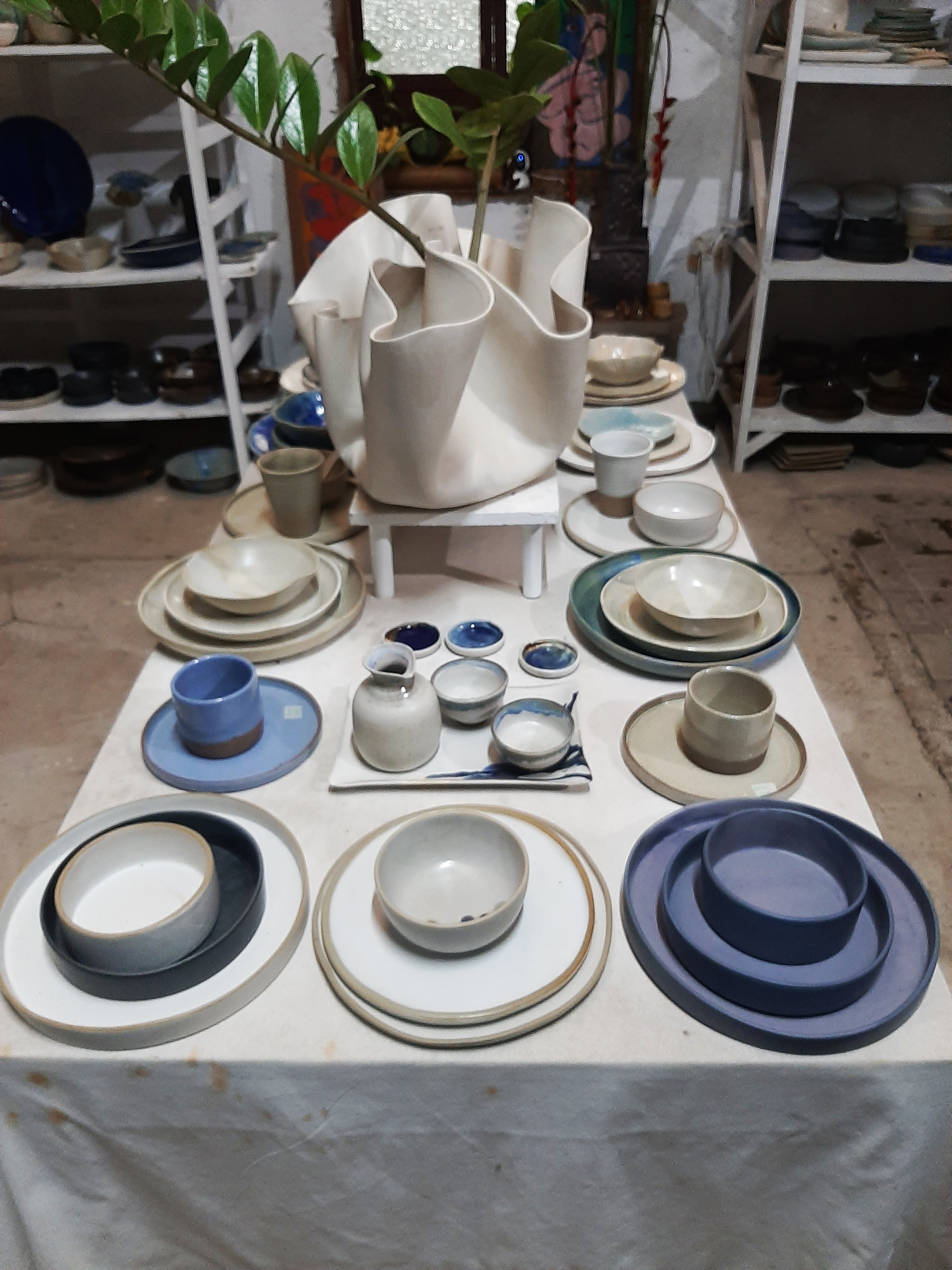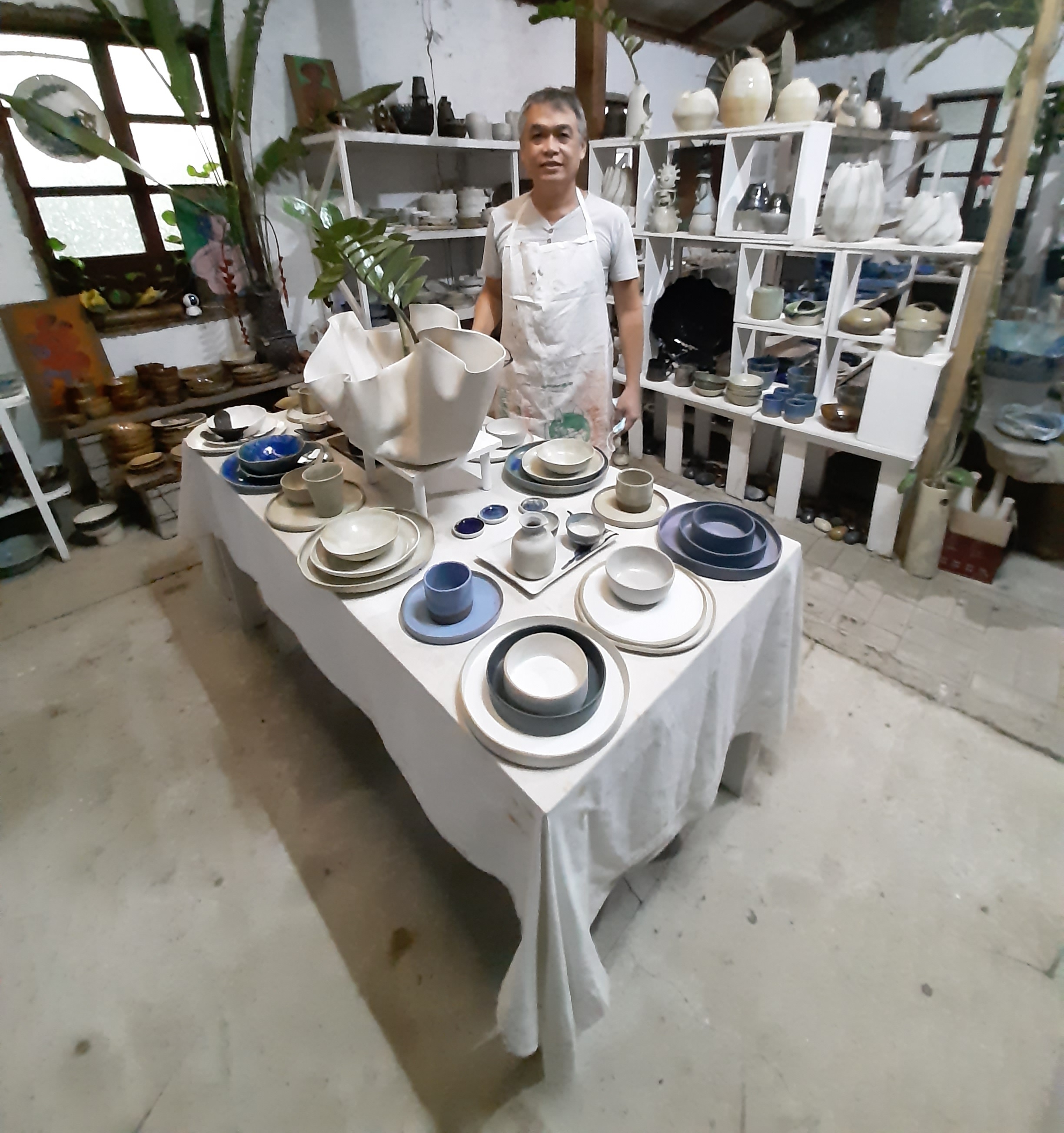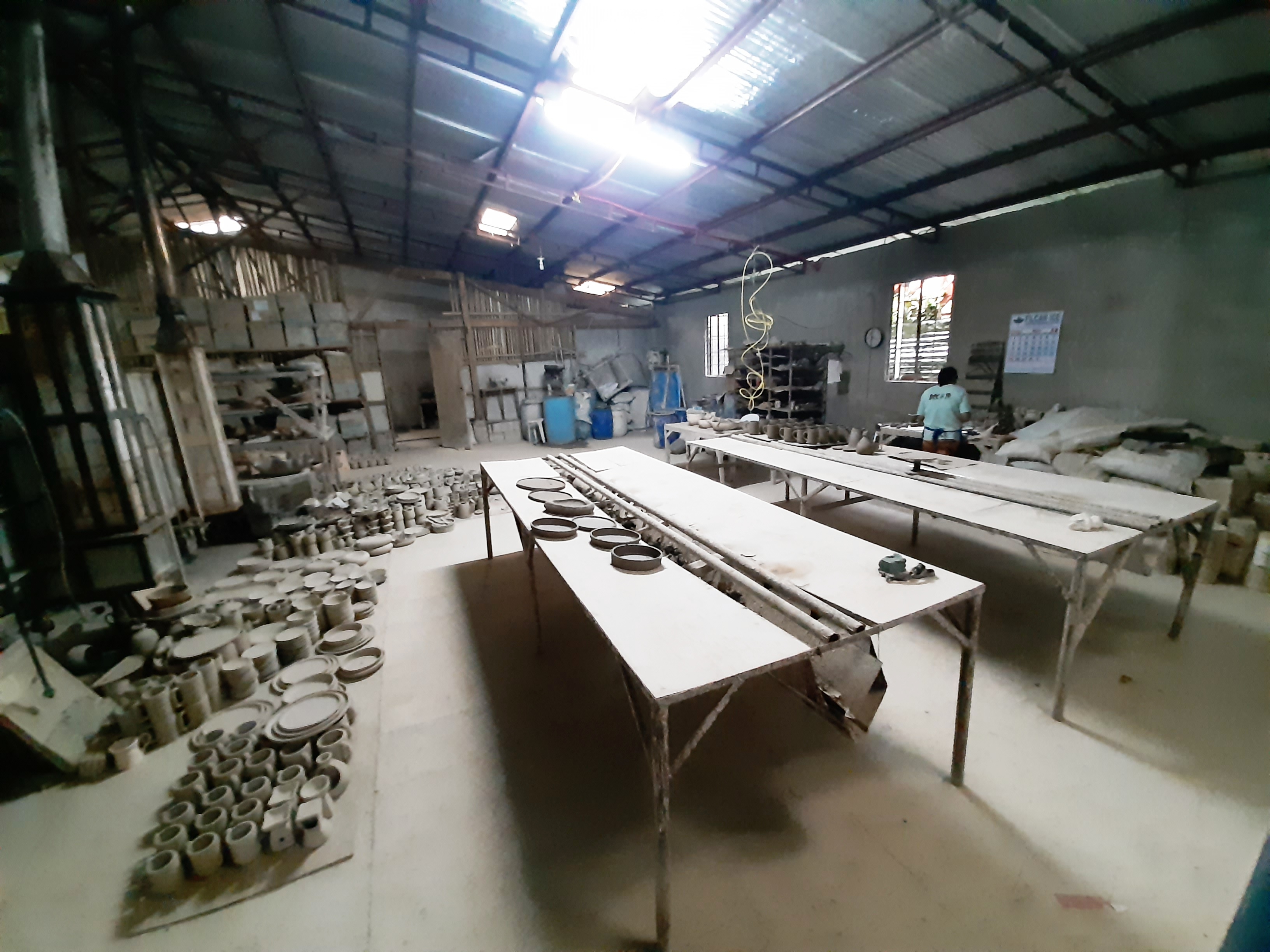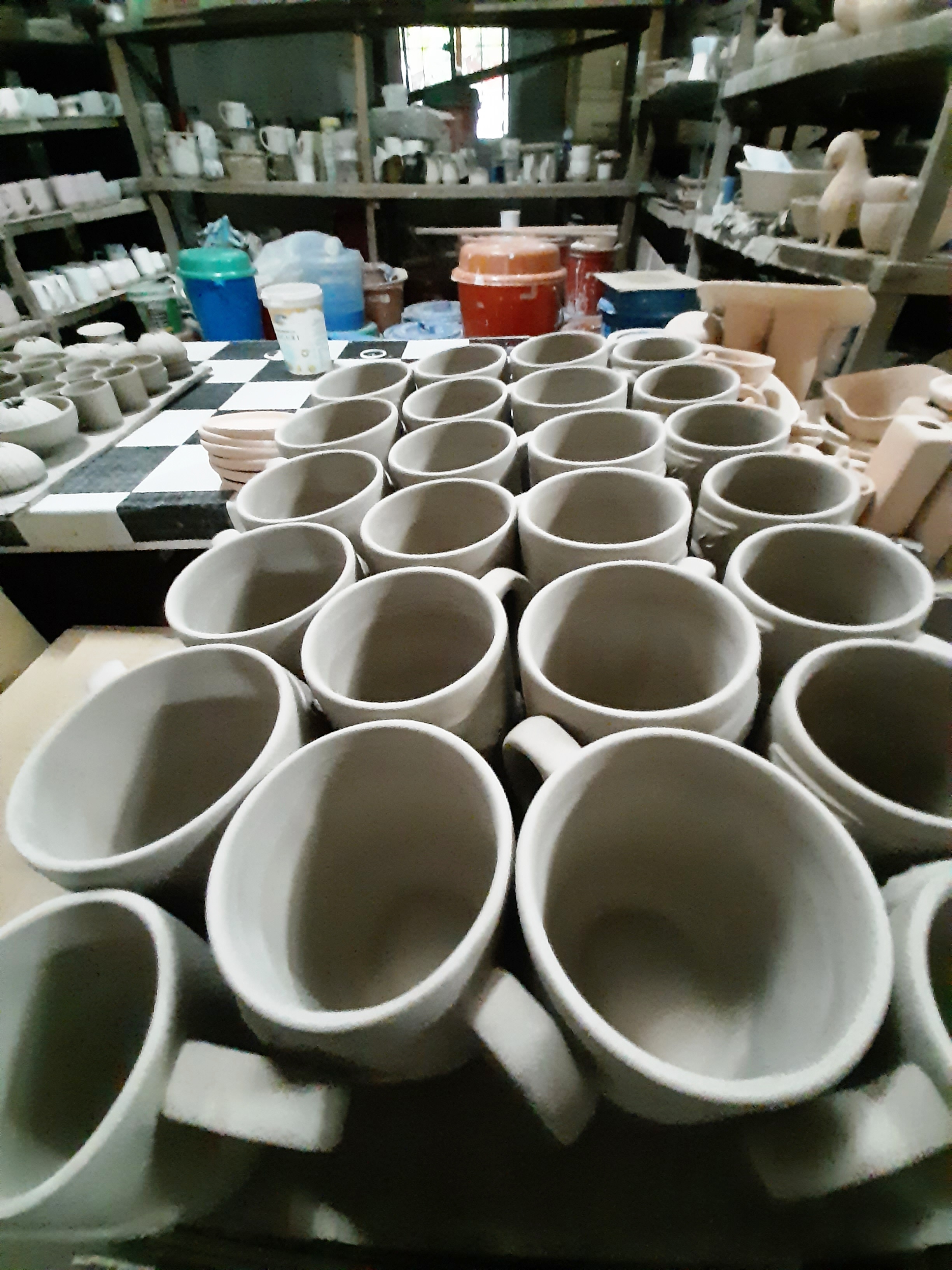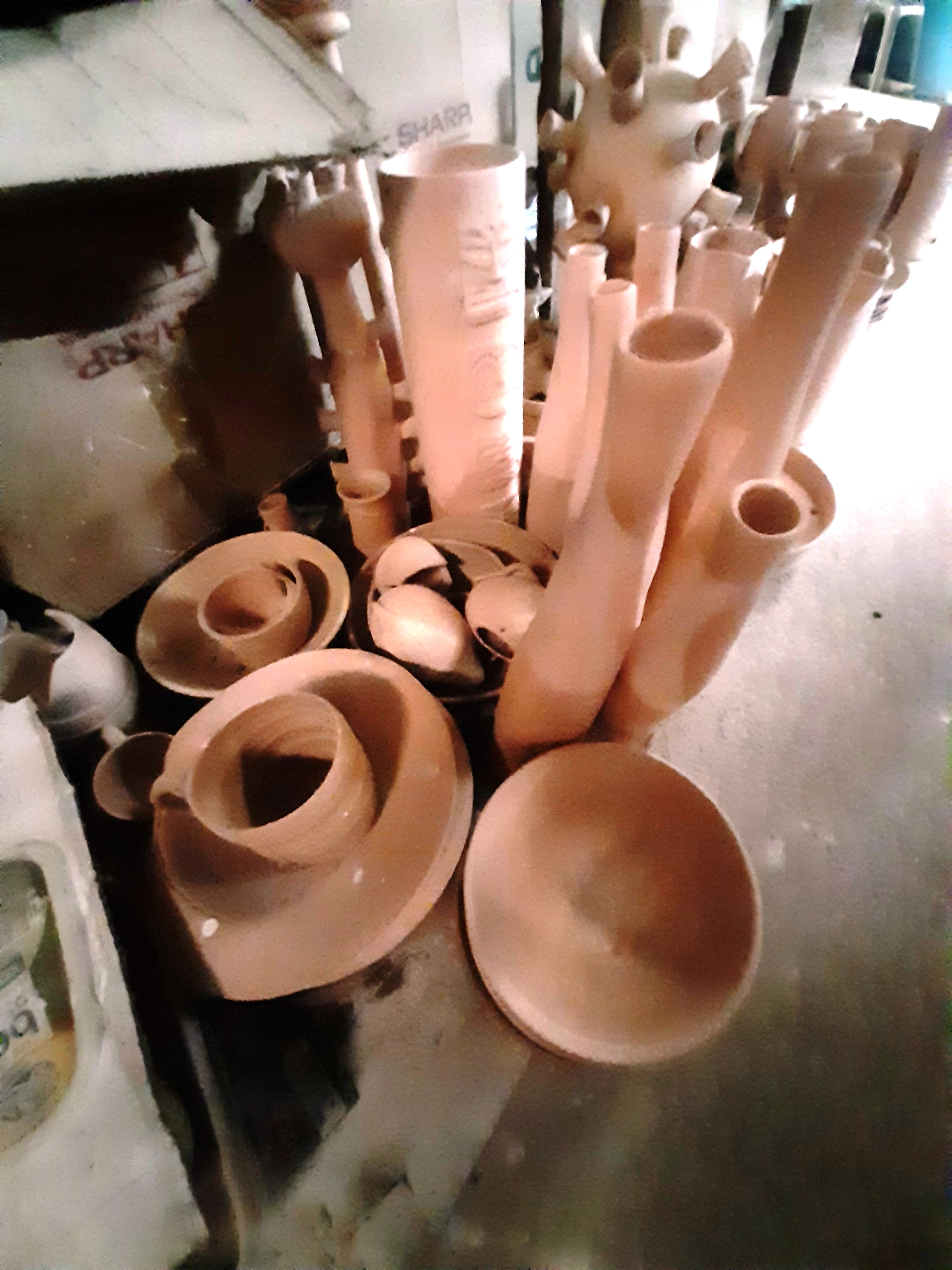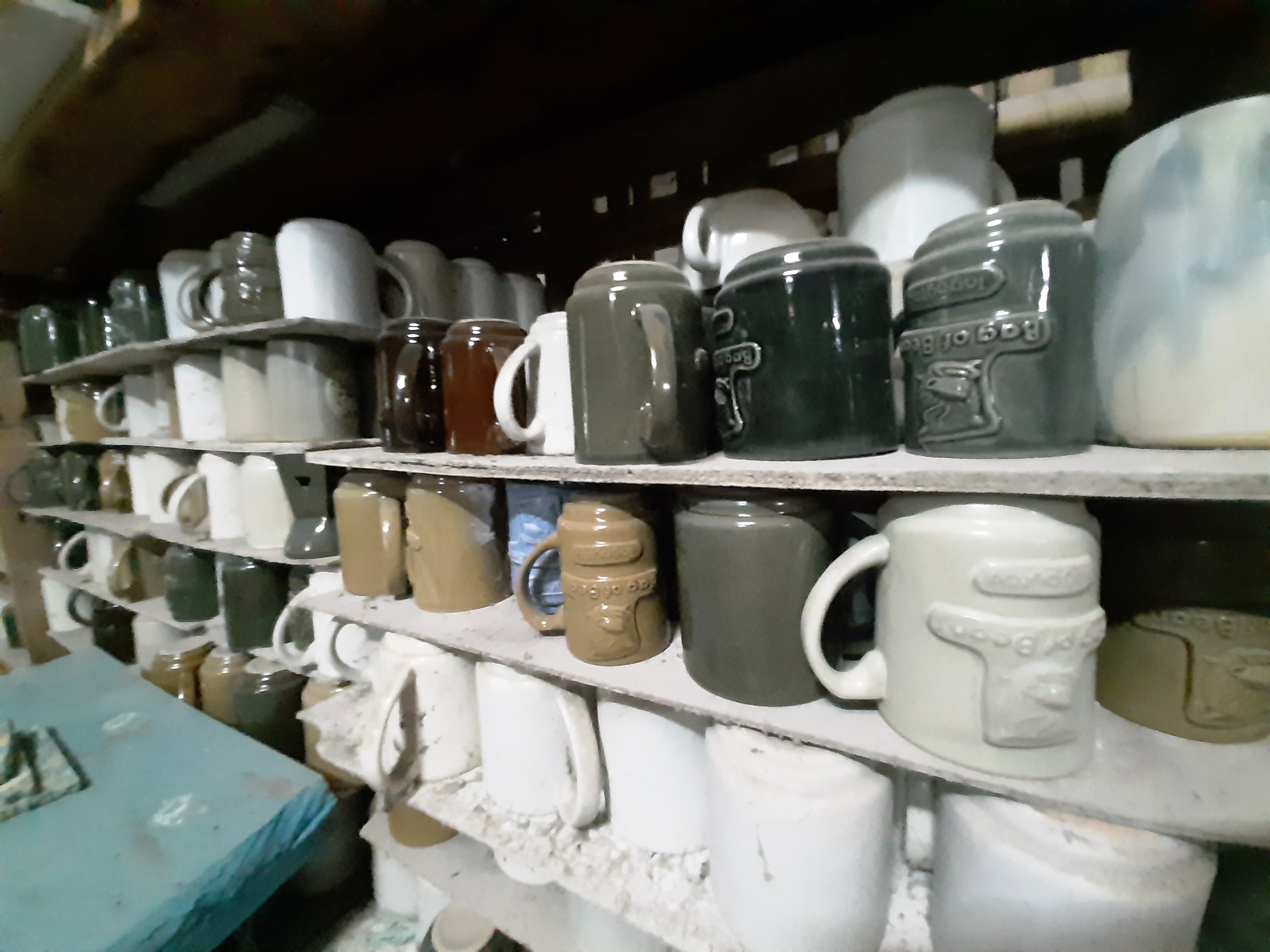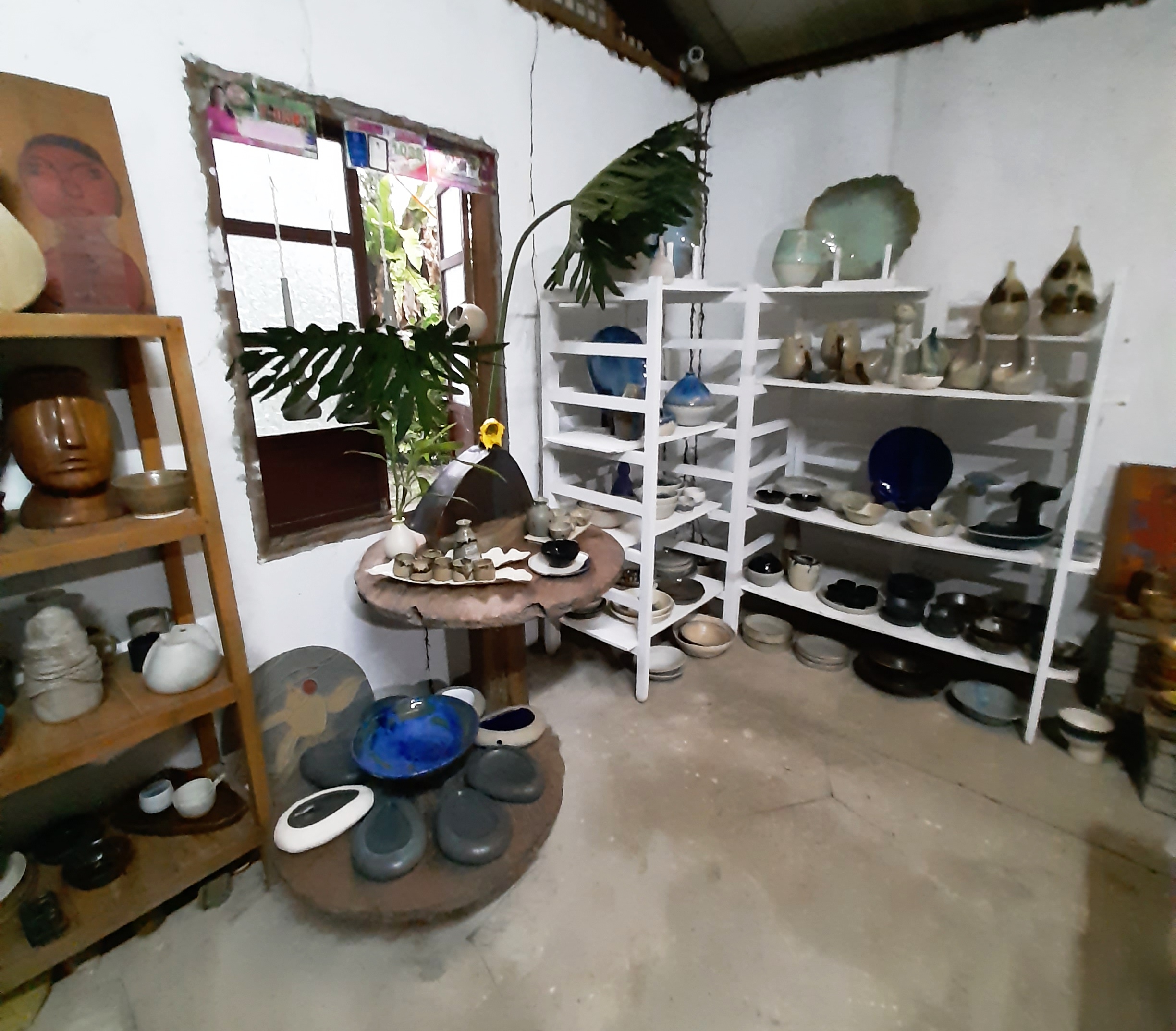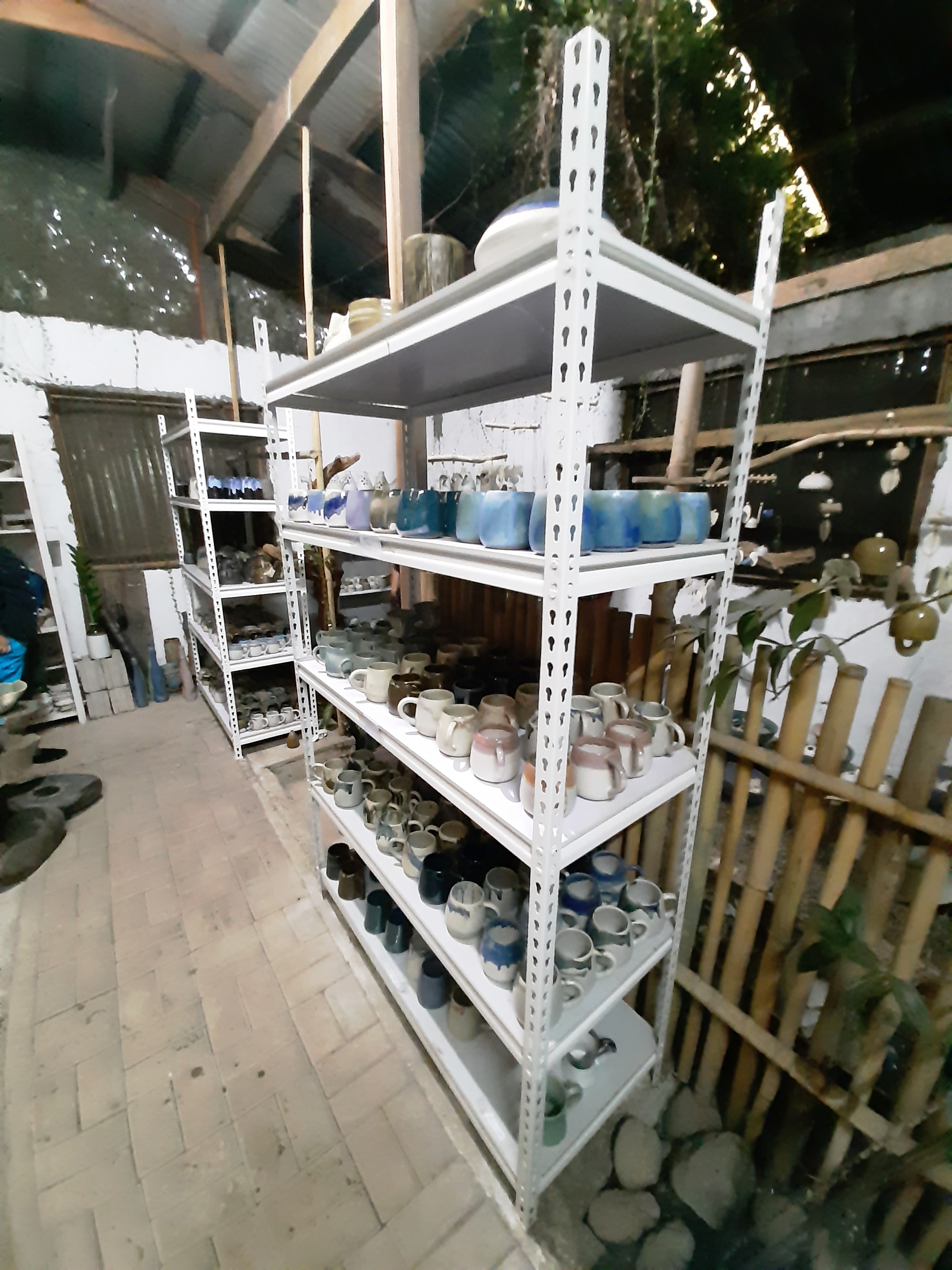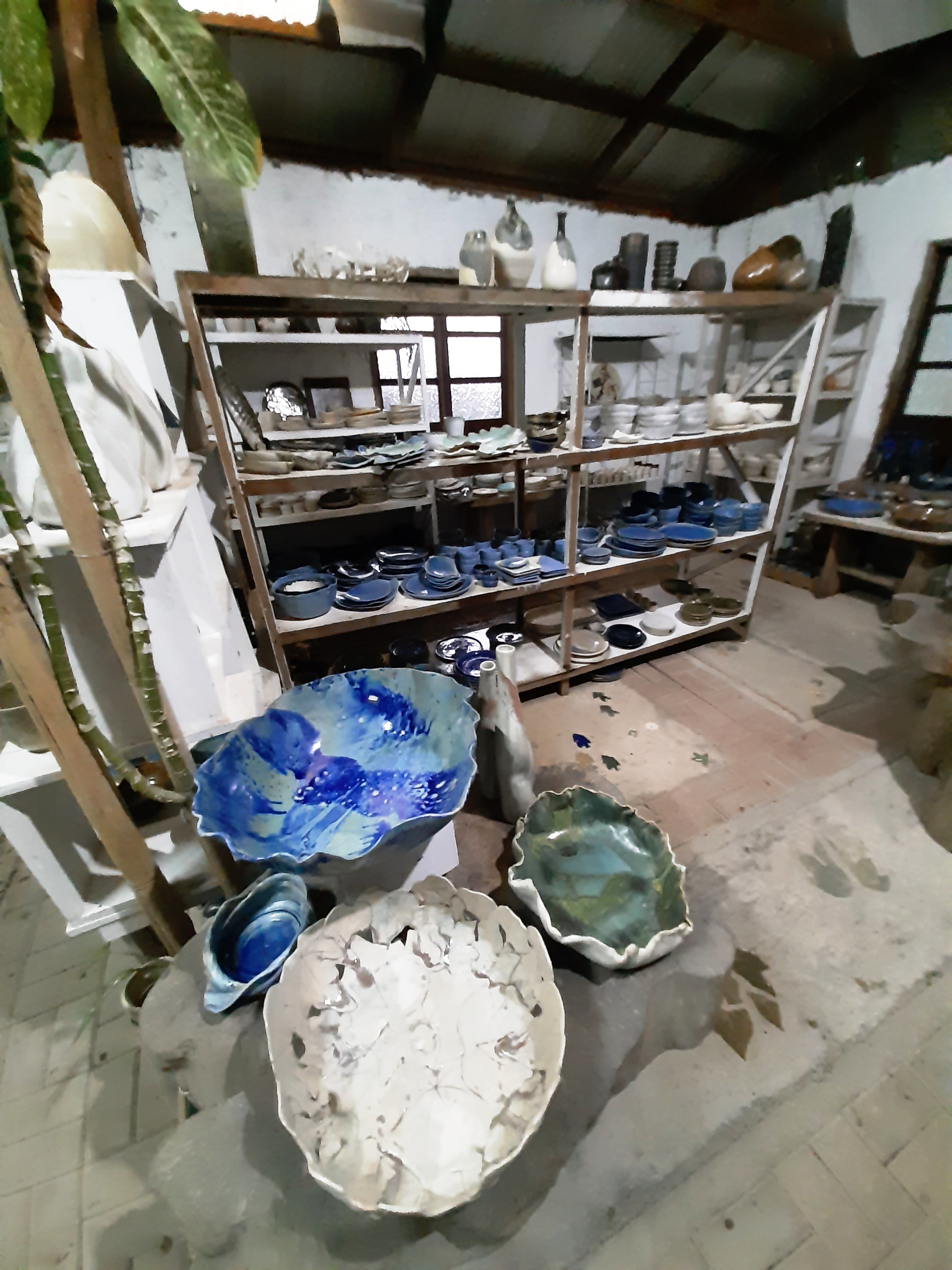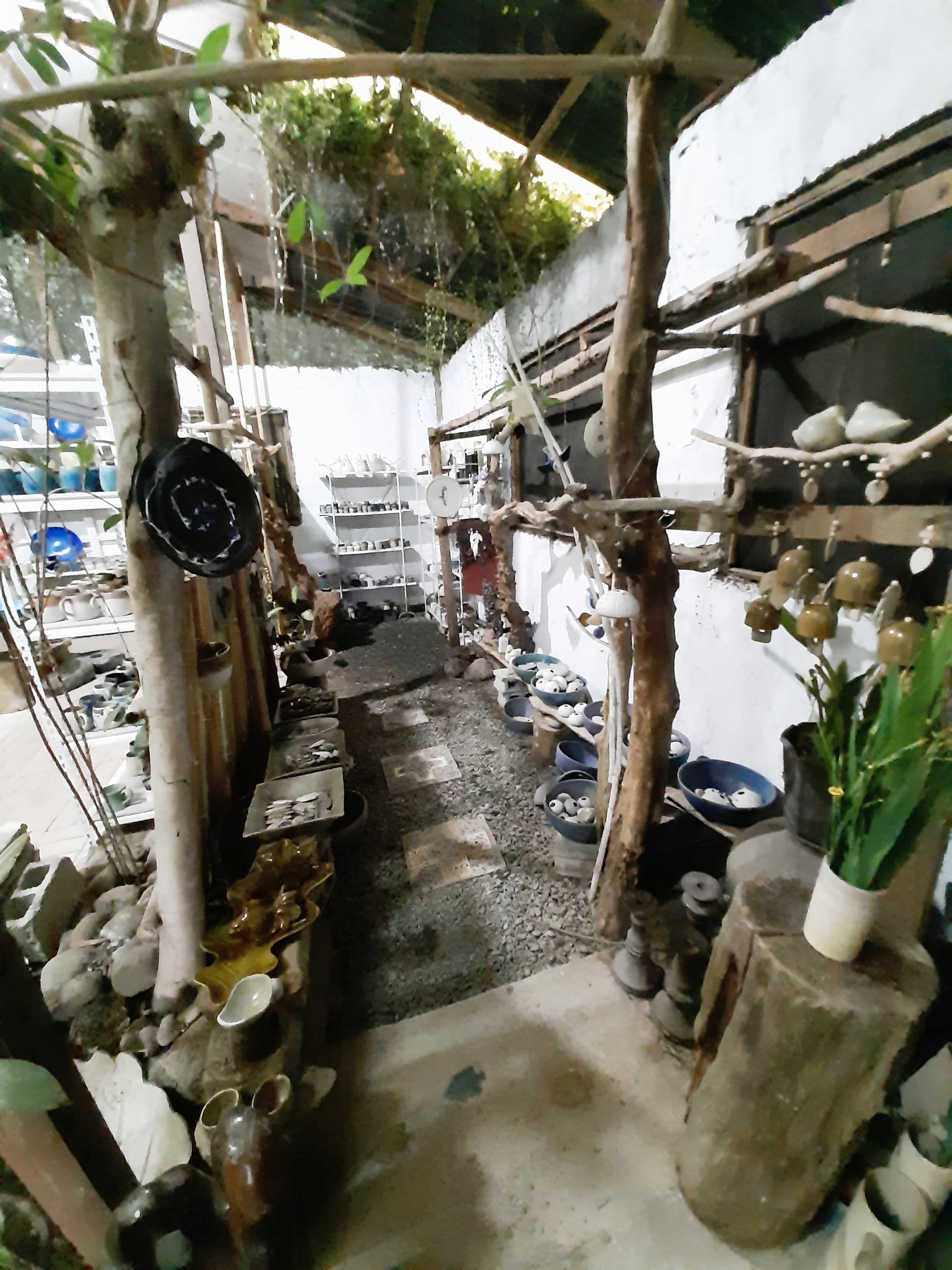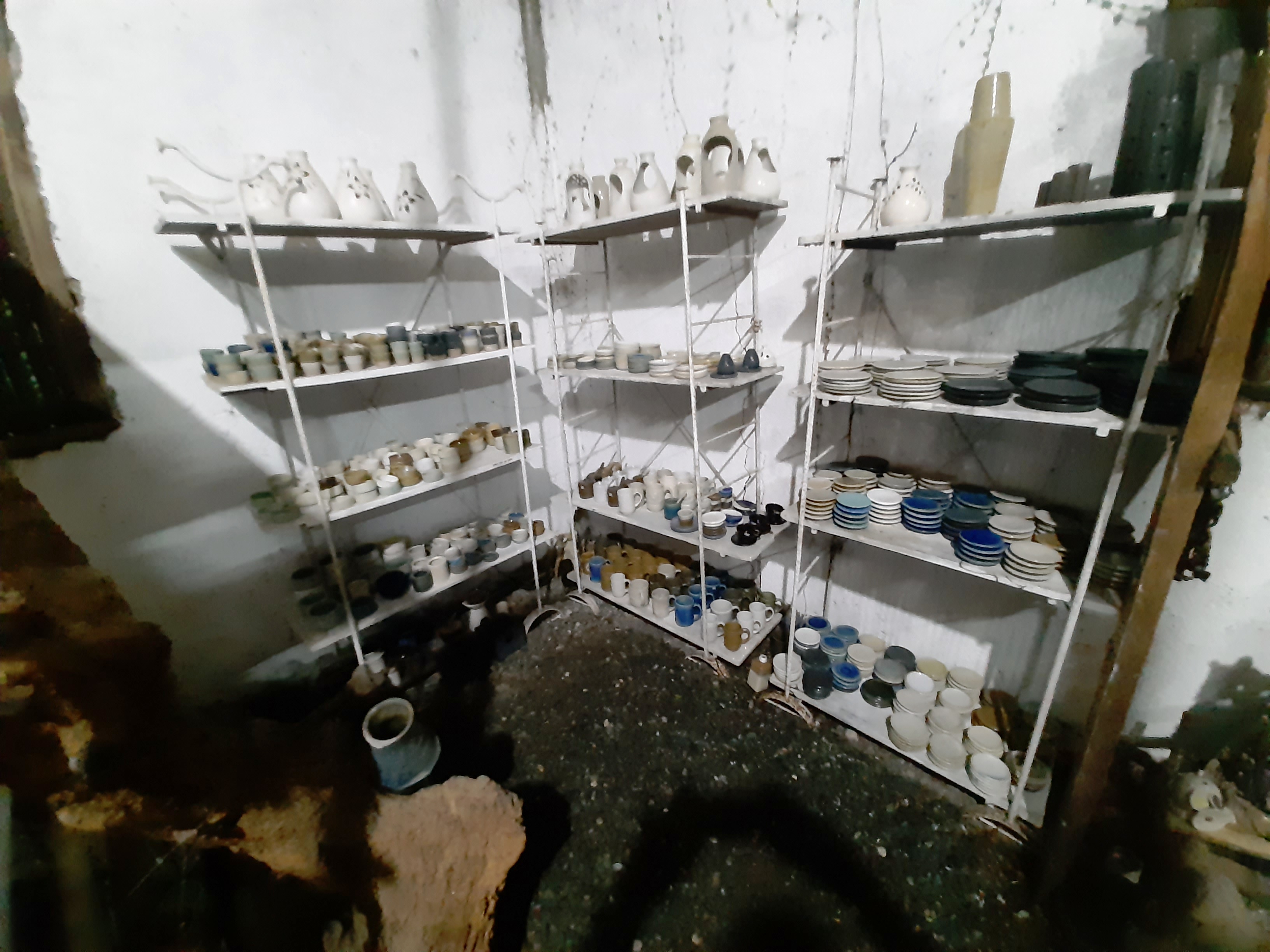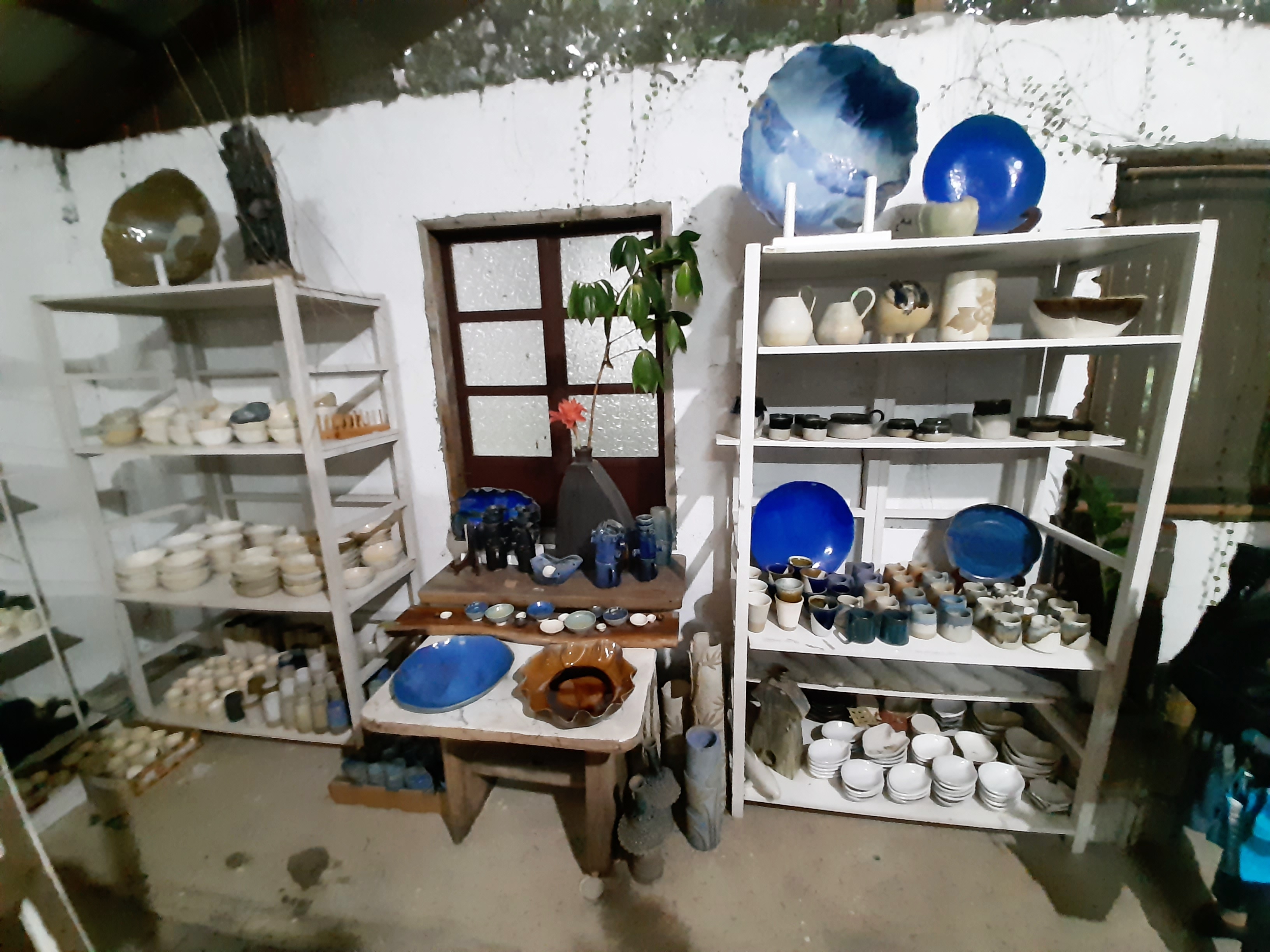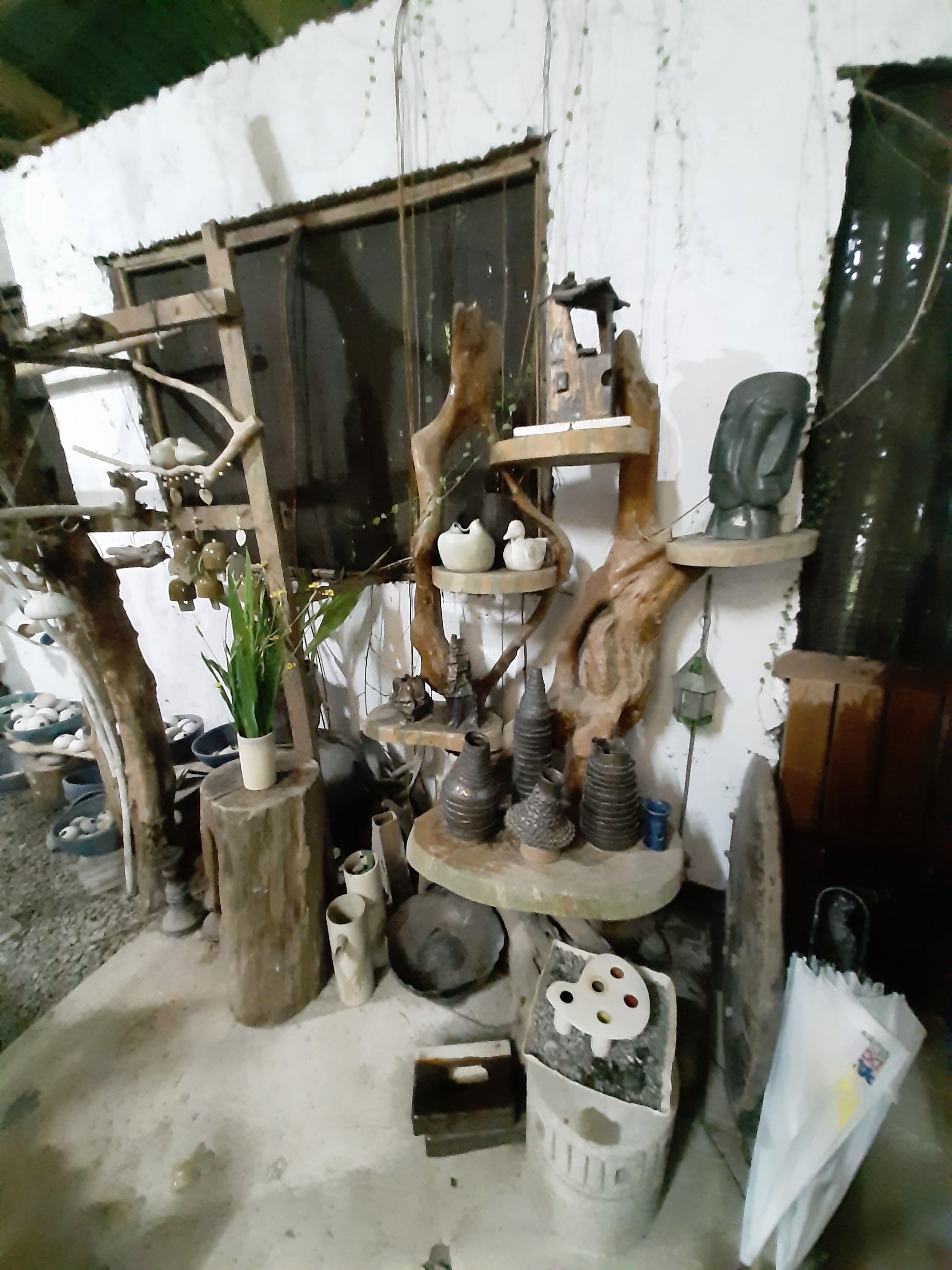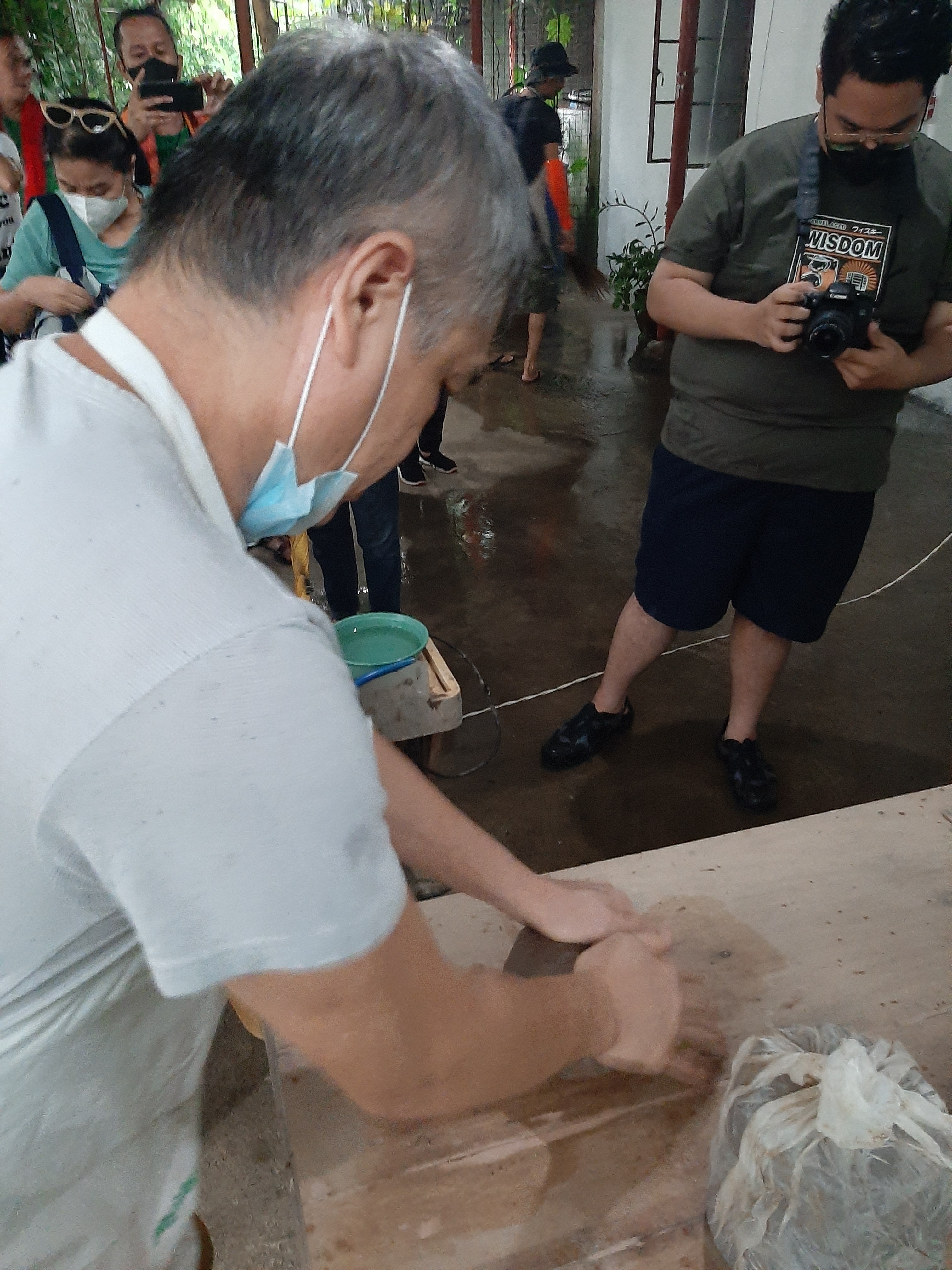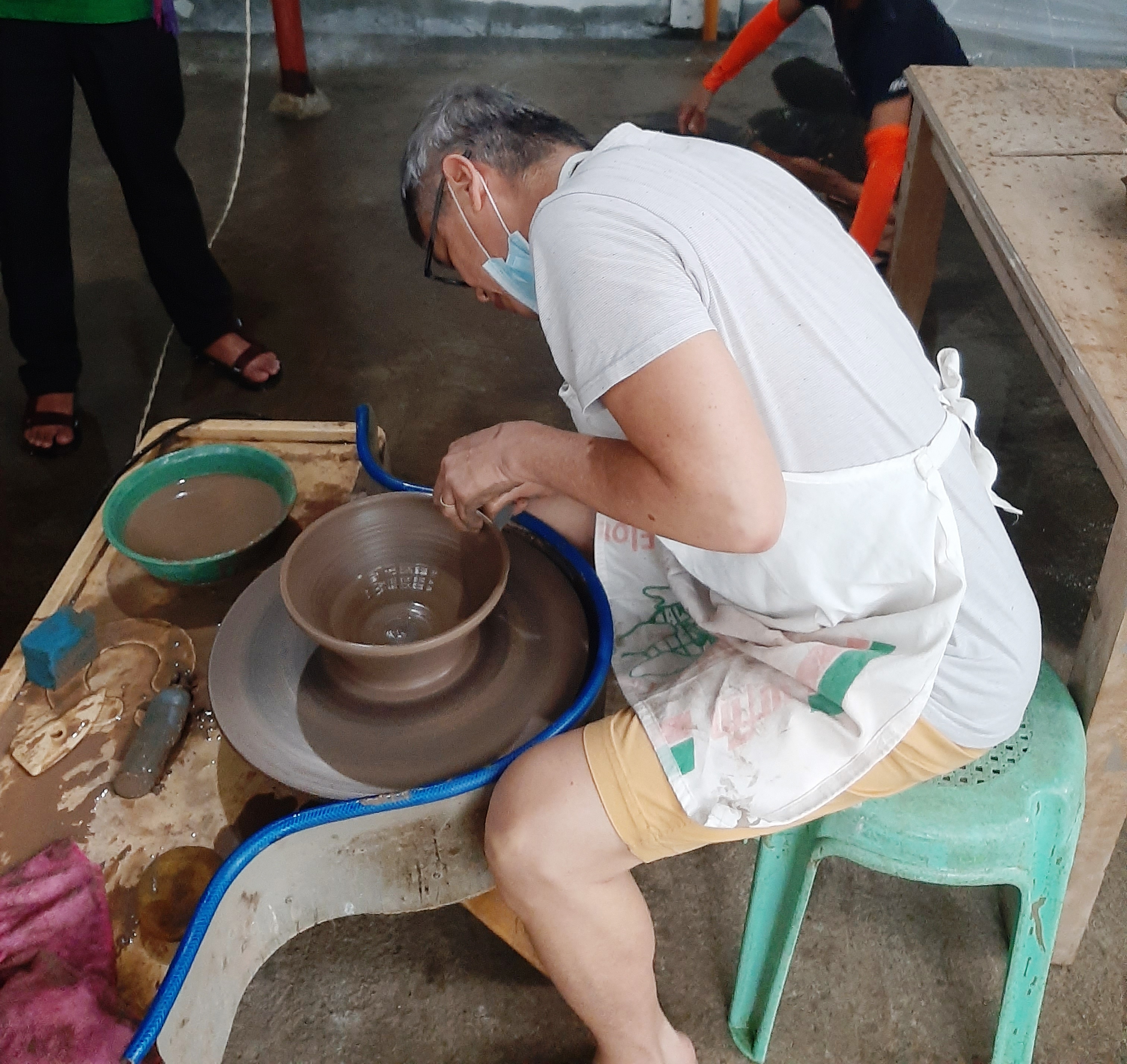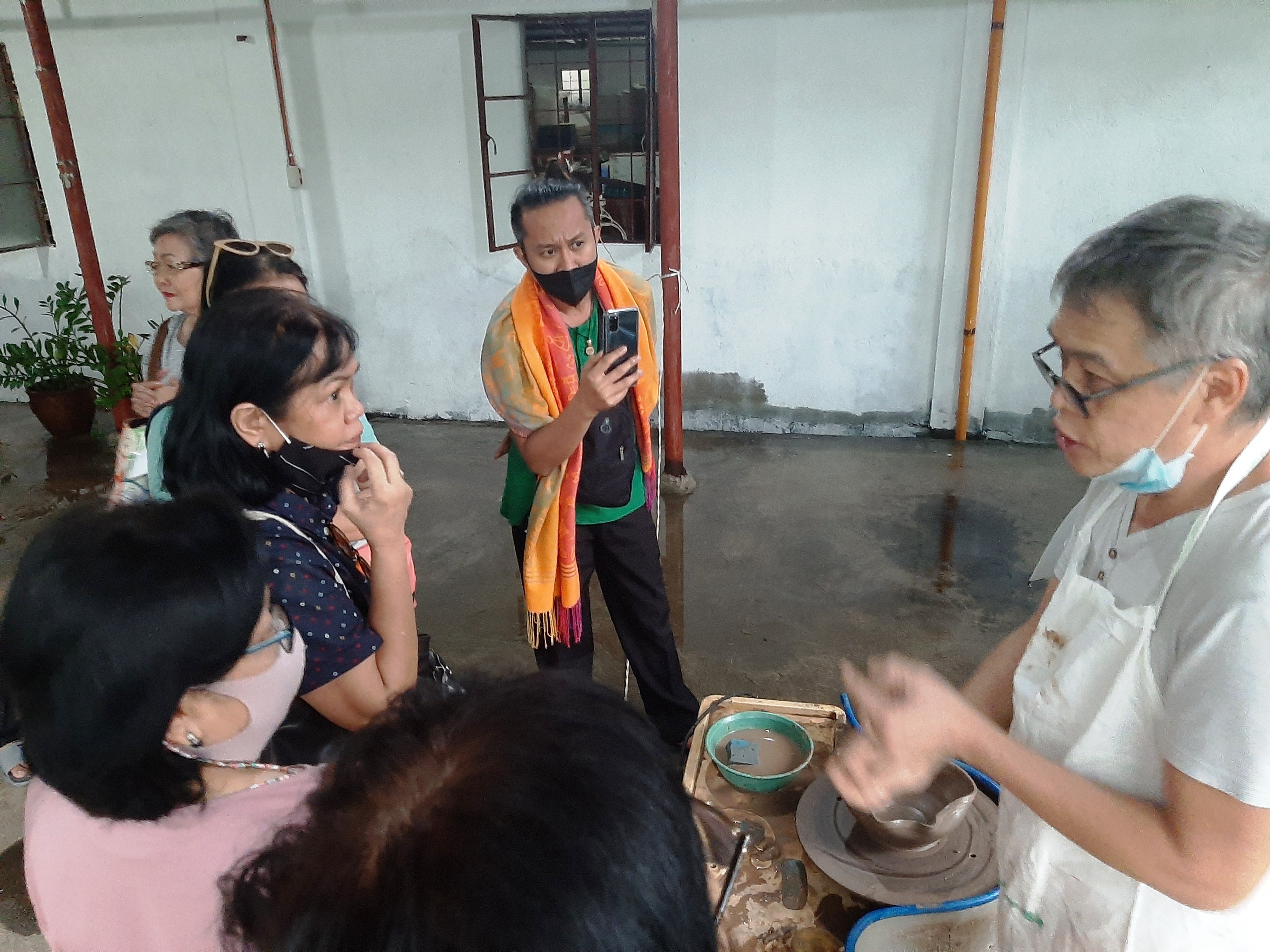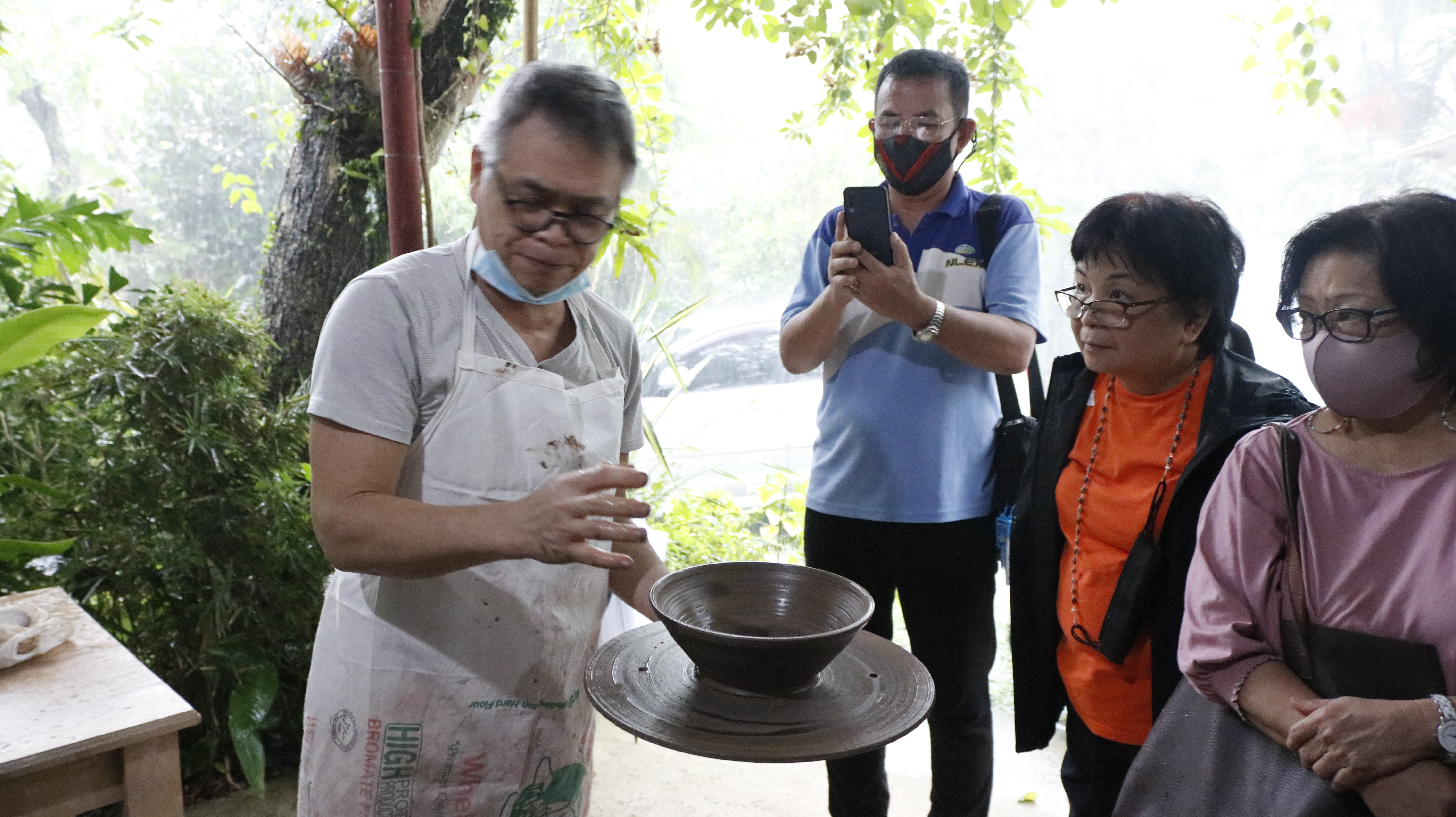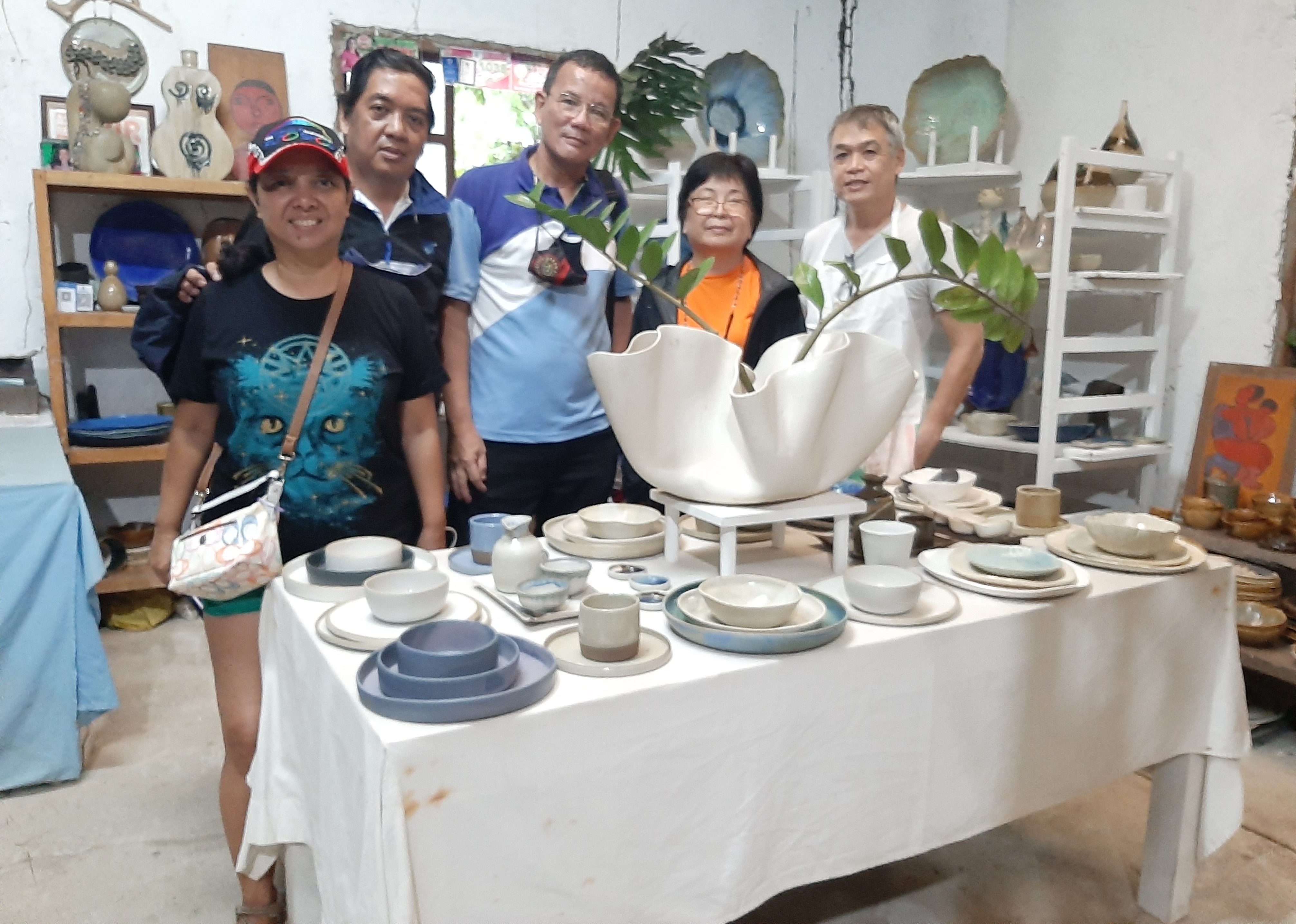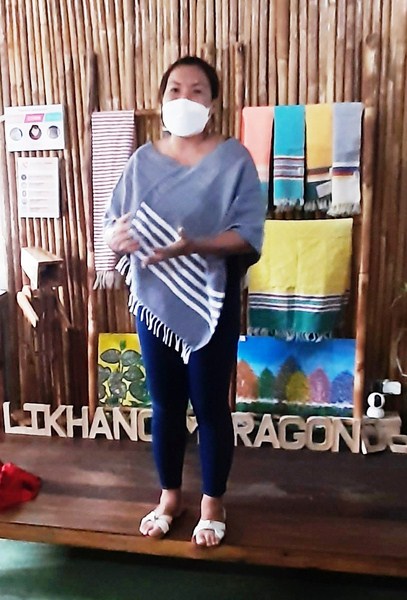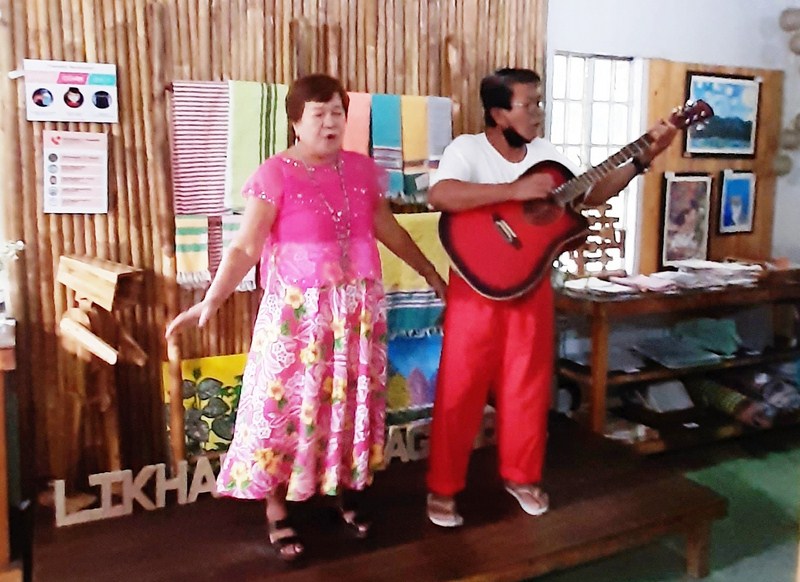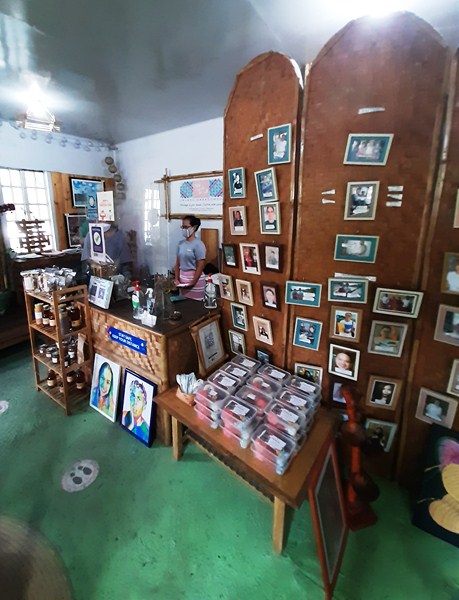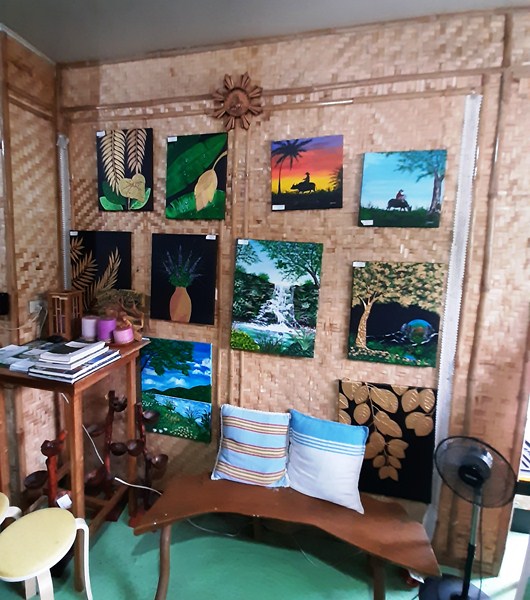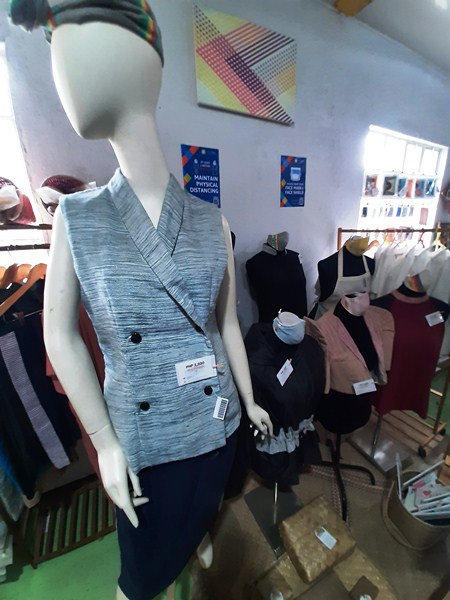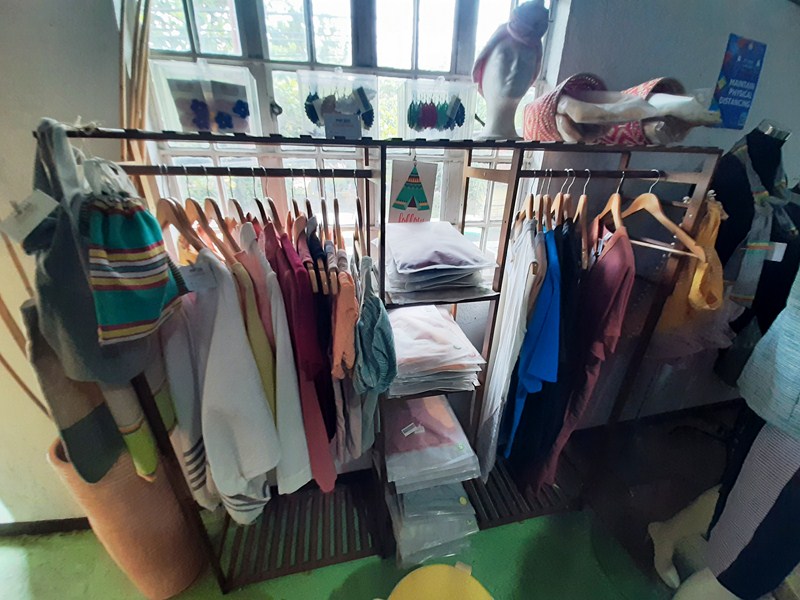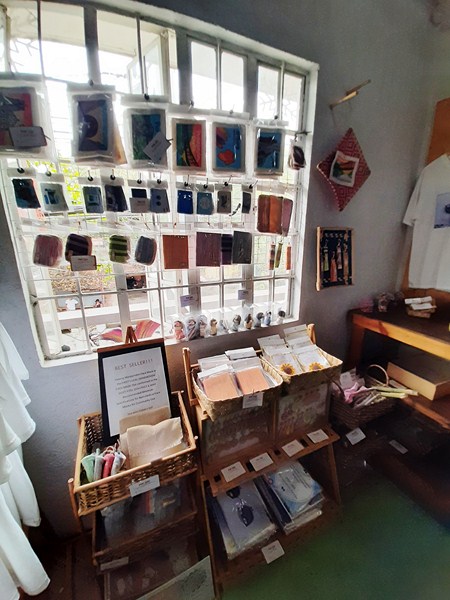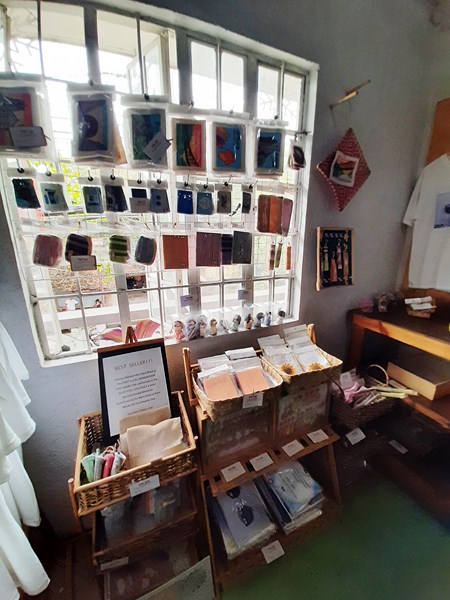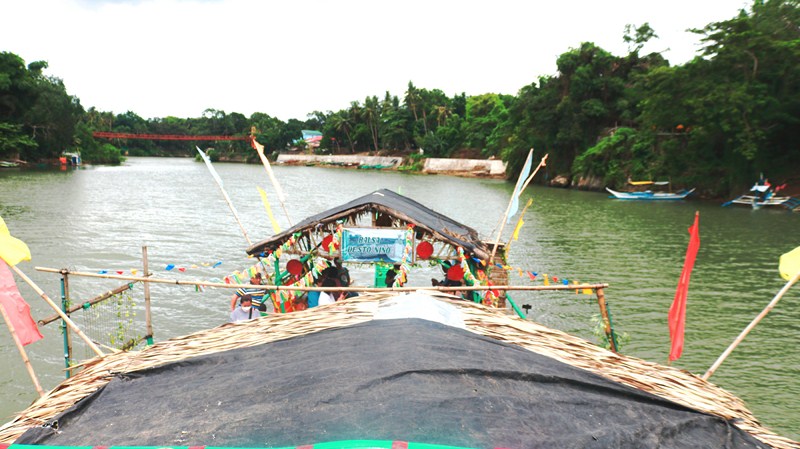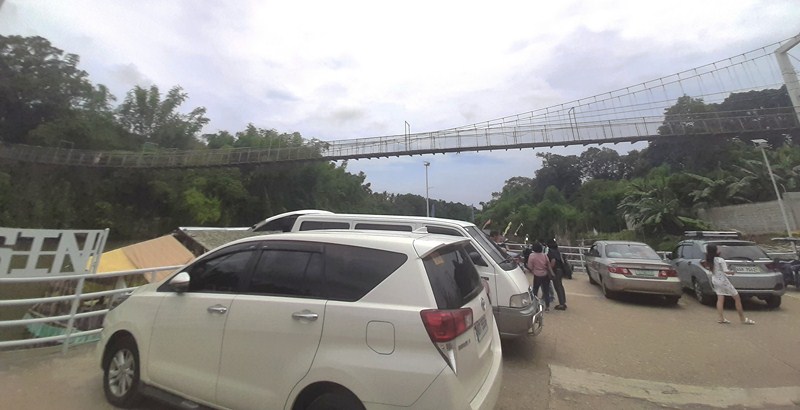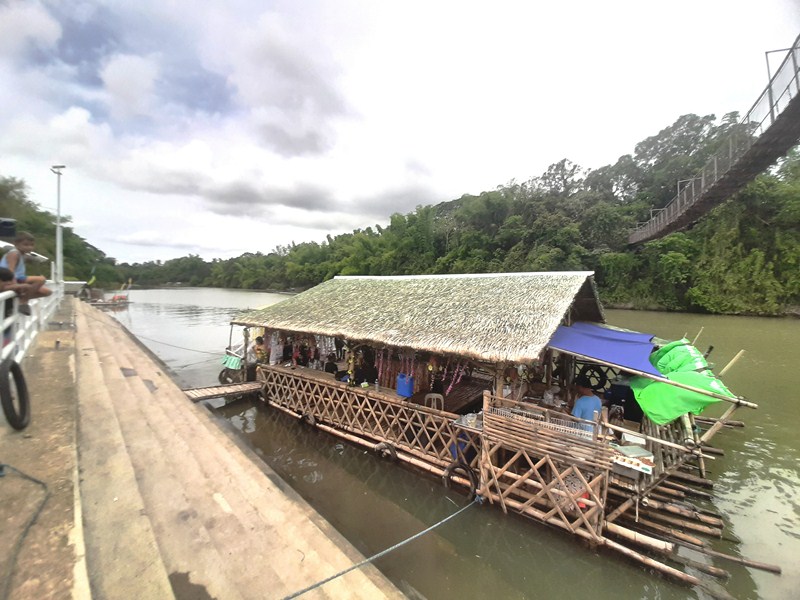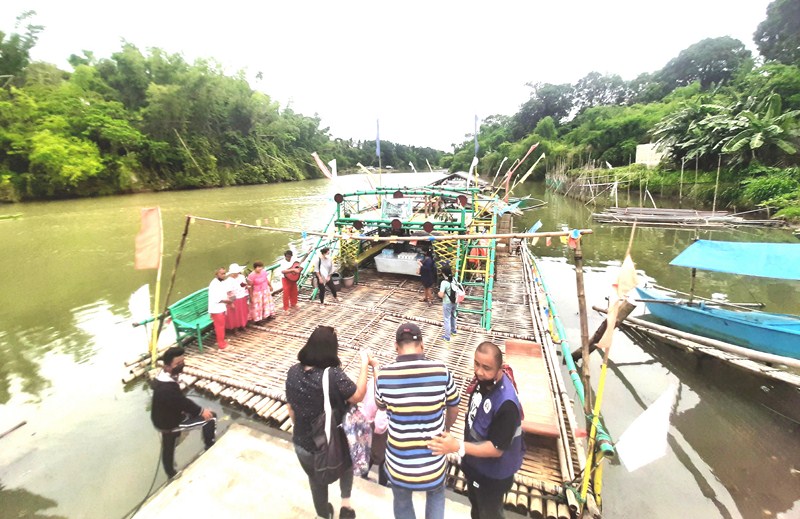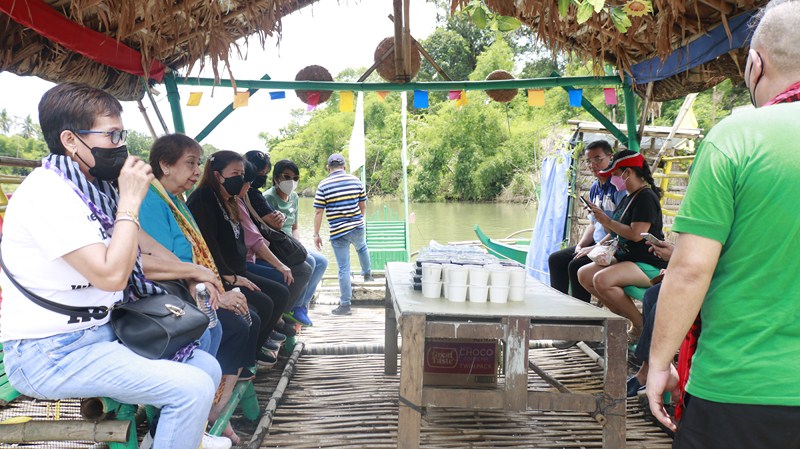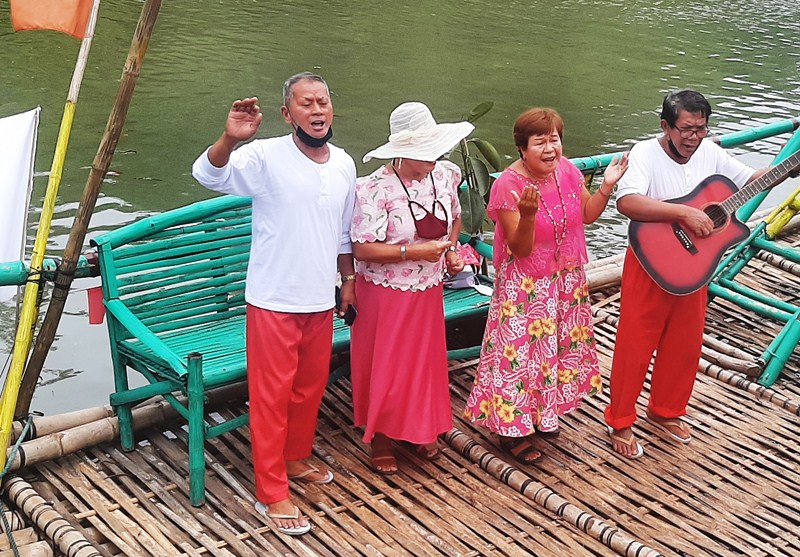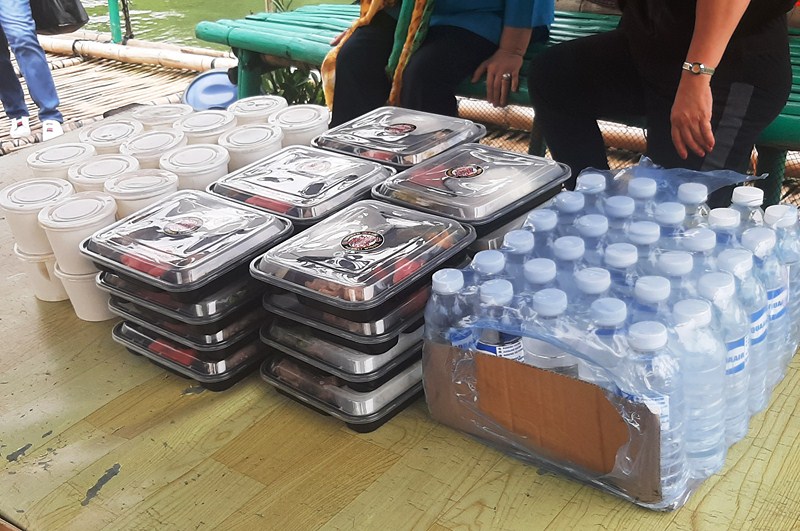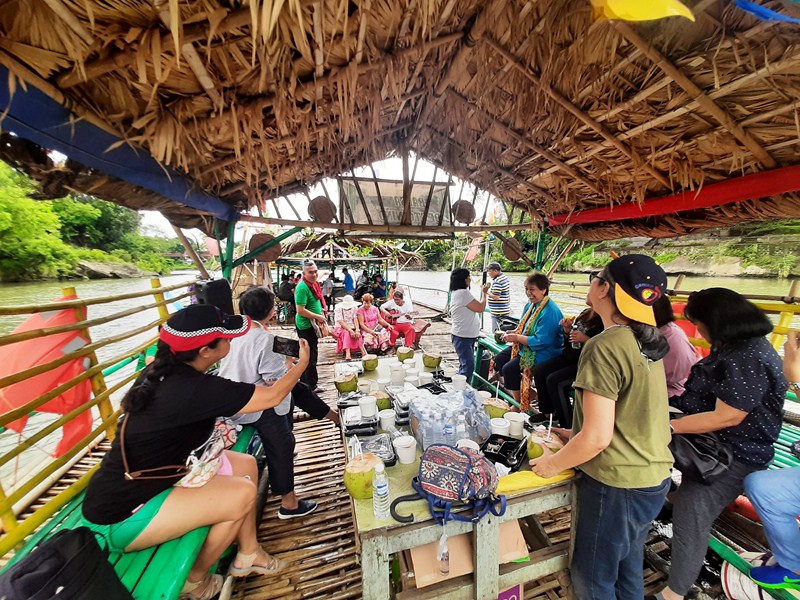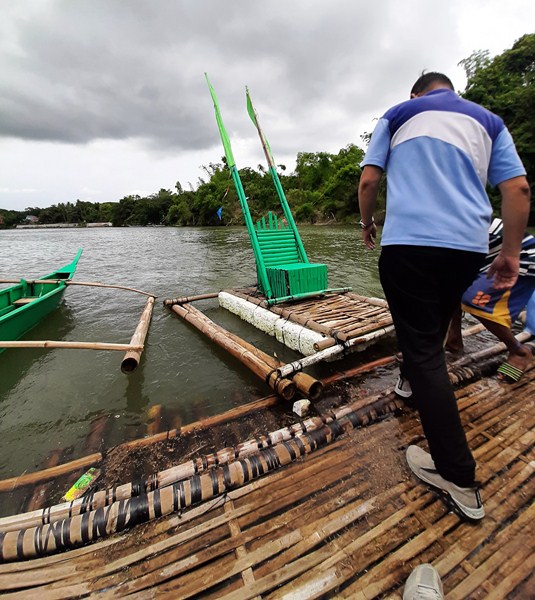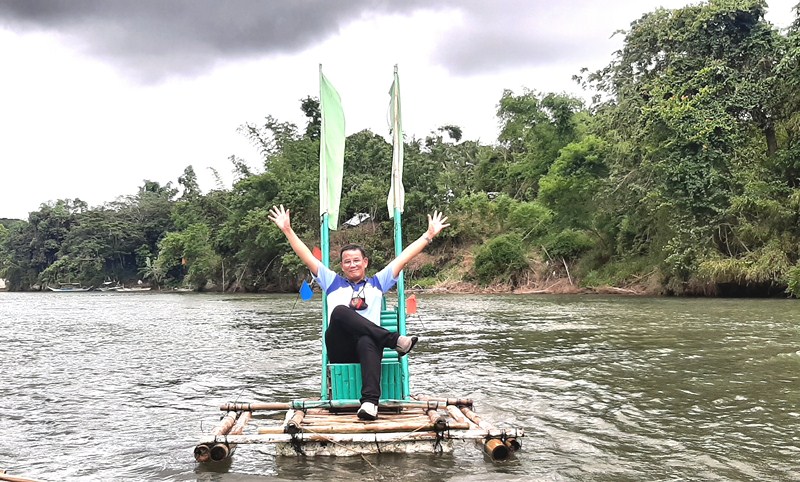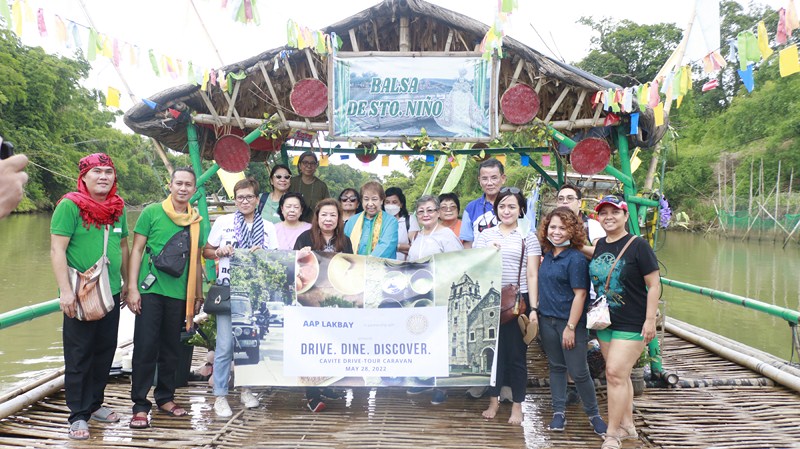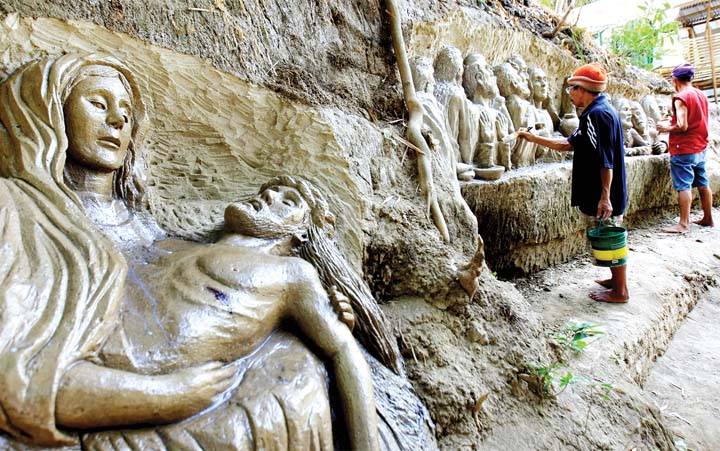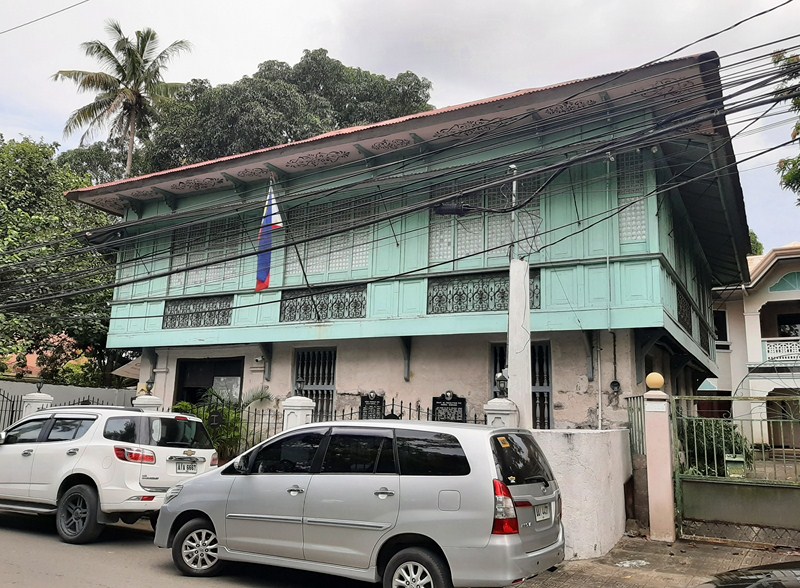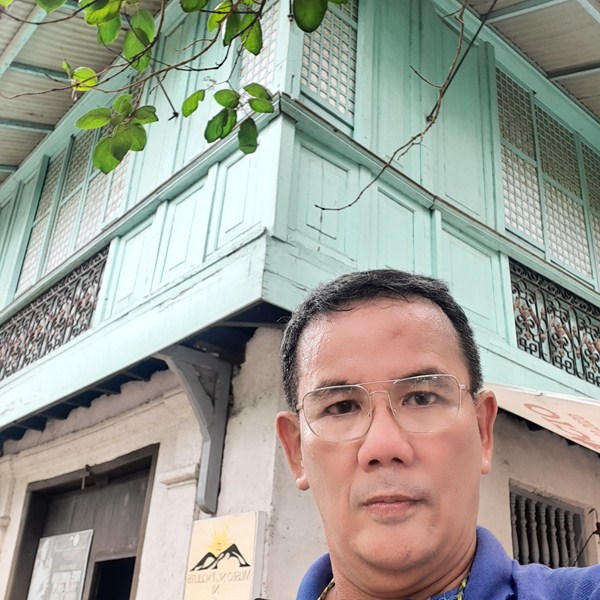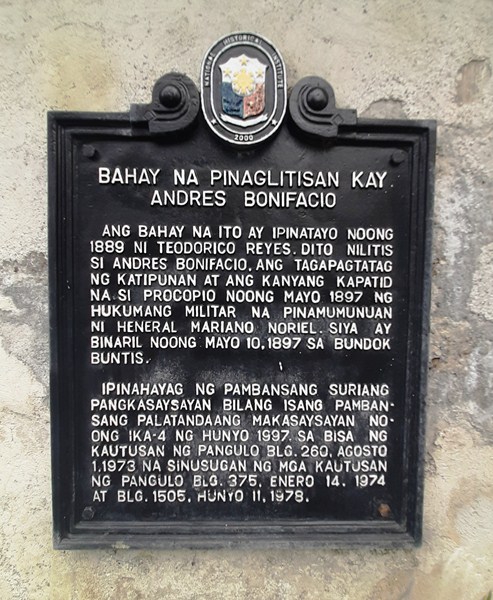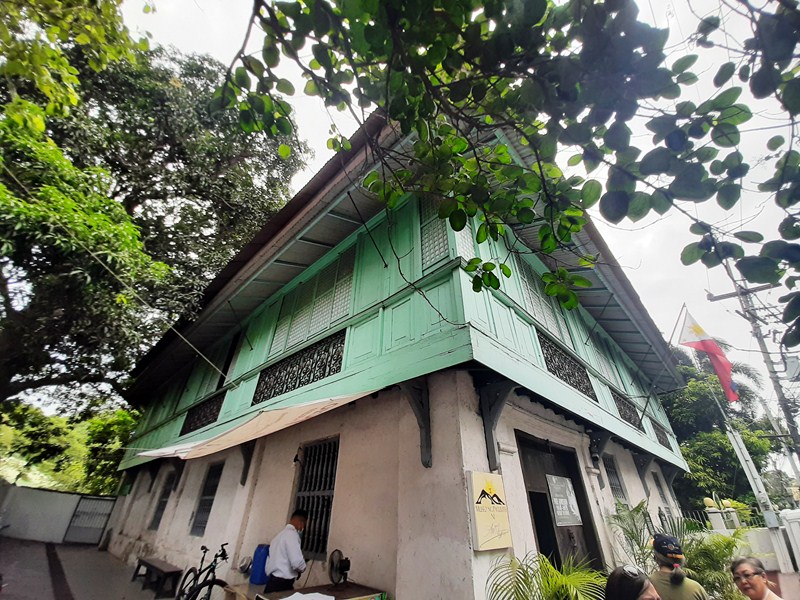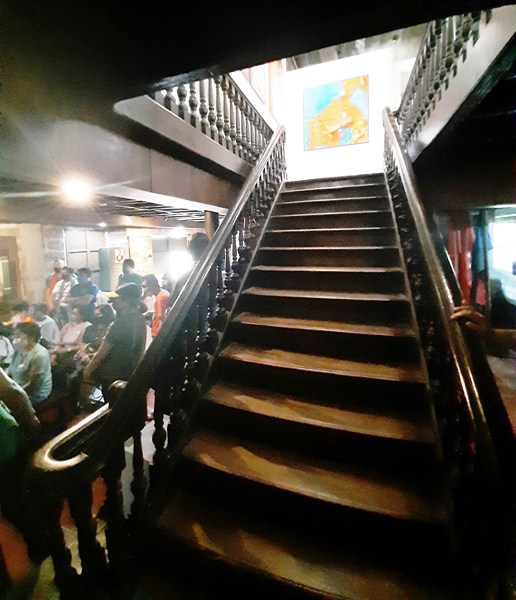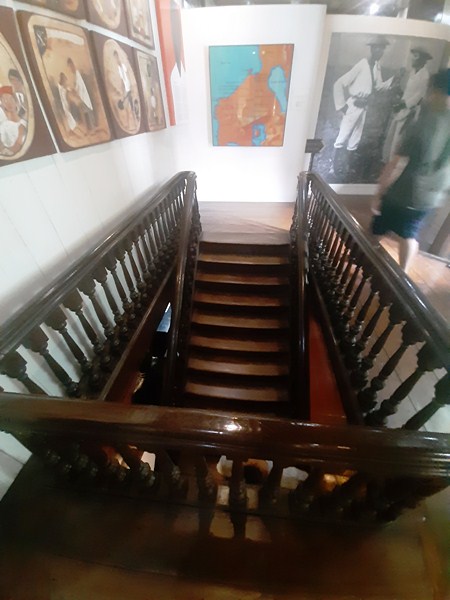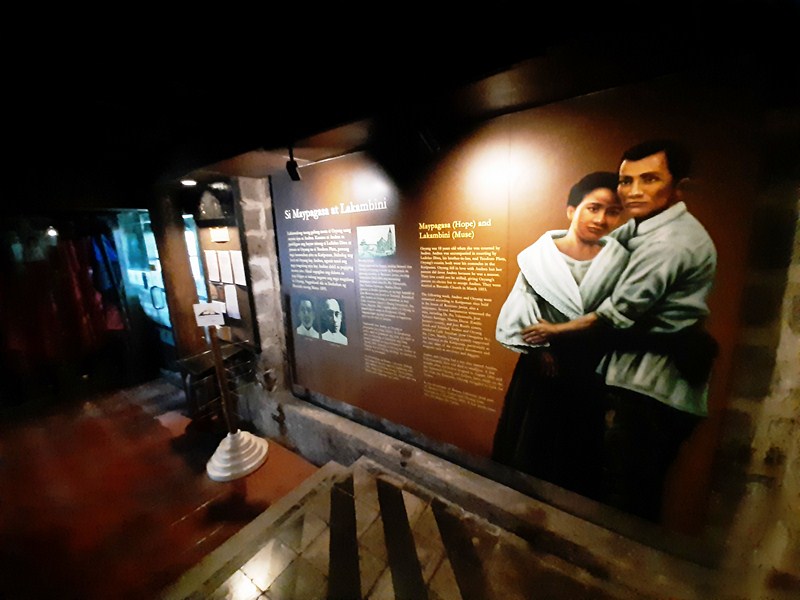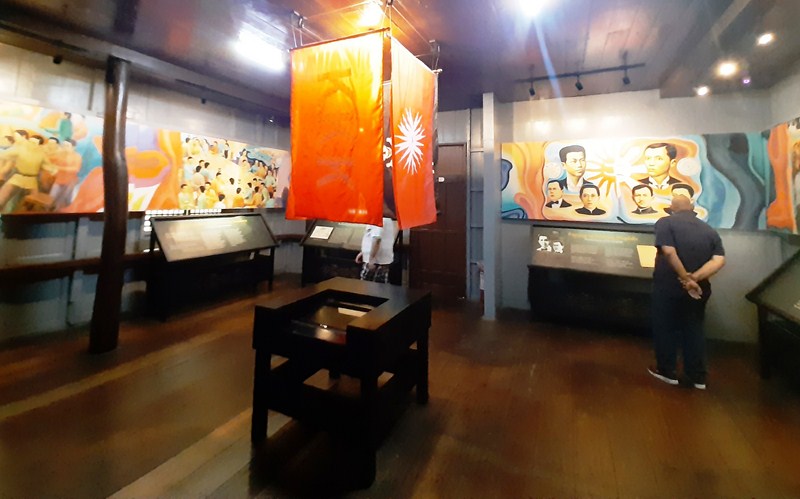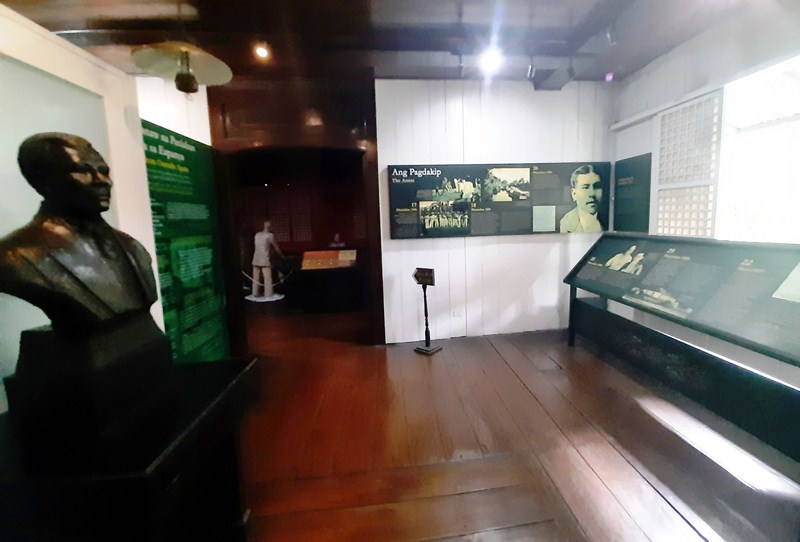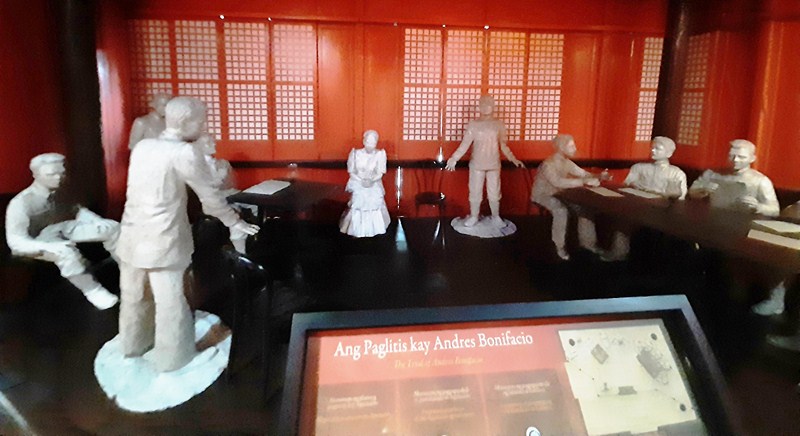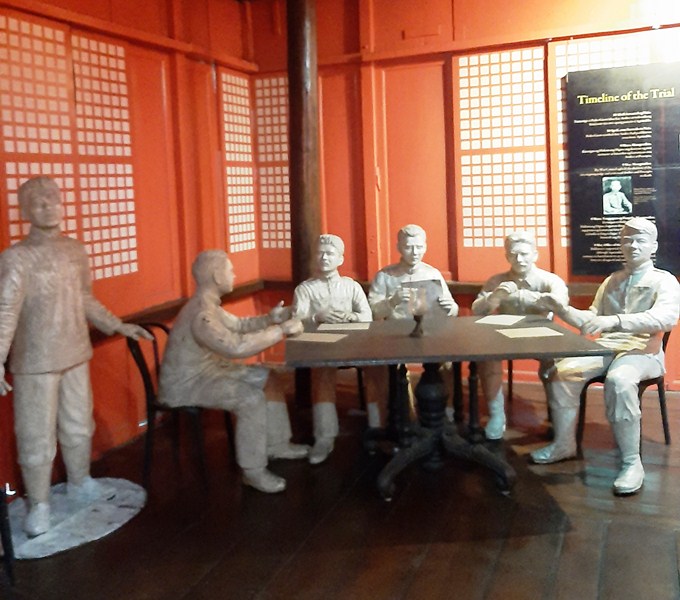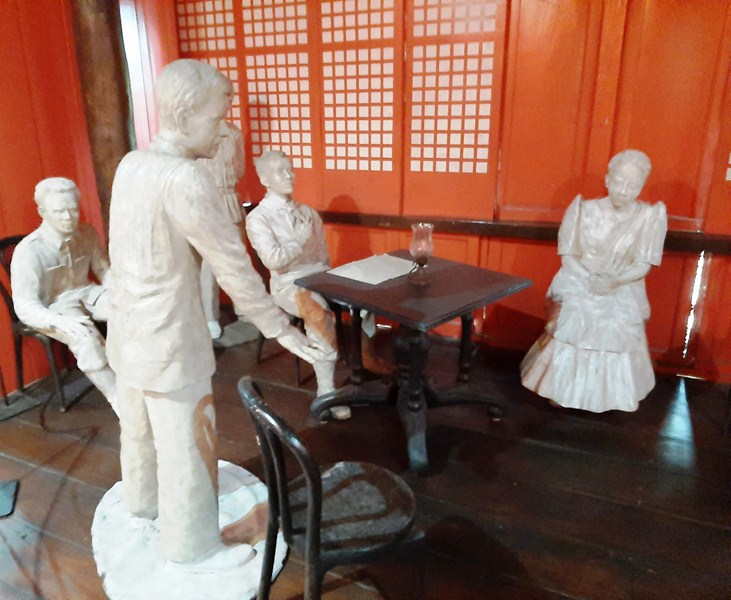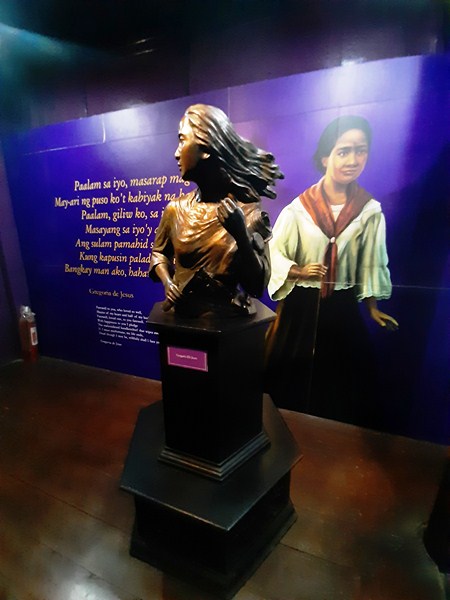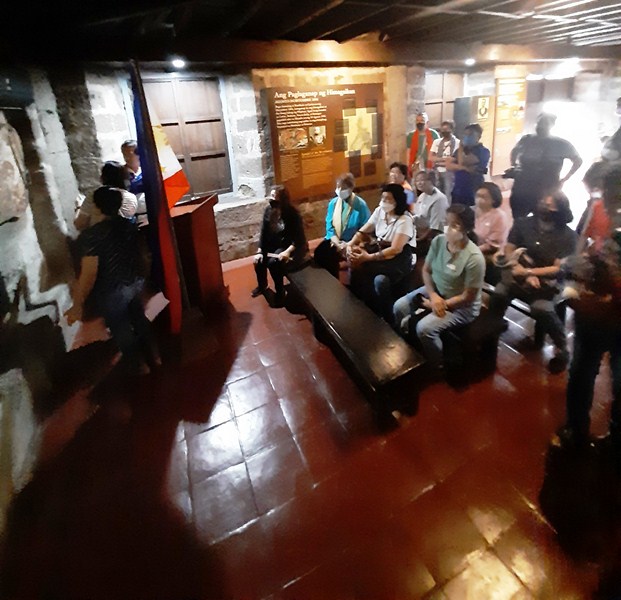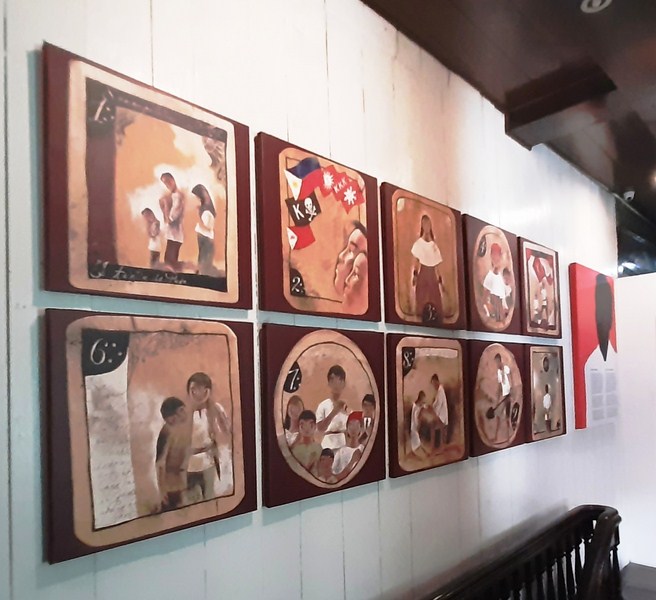Part Five of “Drive, Dine and Discover” Cavite Caravan
From Likhang Maragondon, we made the long 36.2-km. (one-hour) drive to Silang’s charming Cornerstone Pottery Farm, a producer of world-class handmade stoneware using locally and internationally sourced clay. It was raining heavily when we arrived. Owner Mr. EJ Espiritu was on hand to welcome us. Their beautiful and unique wares can be found in your favorite neighborhood coffee shops, monthly bazaars, and yearly art fairs in the metro. Through the years, Cornerstone Pottery Farm has undoubtedly carved a name for itself in the local pottery business.
Check out “Likhang Maragondon Native Products & Pasalubong Center”
It started from humble beginnings. EJ and his wife Eva, the brilliant minds behind Cornerstone, have created this whimsical space for creators and purveyors alike.
EJ, who finished ceramic engineering at the Adamson University, worked with several ceramic companies for 10 years before going to the US, working as a rank and file employee – laboratory technician, section head, sales engineer for a ceramic materials company, then a plant manager for an export firm.
In 1996, as soon as EJ and Eva arrived from the US, where they tied the knot (they had a civil wedding in October 1994 in Wisconsin and a church wedding in June 1995), the first business that they ventured into was ceramics in the garage of the house that they rented at St. Joseph Subdivision in Bacoor, Cavite. After two to three months, as Cornerstone Ceramic Manufacturing, they were offered to be a subcontractor for an export company making ceramic items.
After four years of being a subcontractor in Cavite, they started making functional items and joined trade fairs. That really helped propel the business into the right direction. By year 2000, they started developing the stoneware product line.
They were challenged to constantly develop new concepts and product lines, deal with clients and innovate. With the new lines they had, they were overwhelmed by the response of the market and they were able to meet some institutional buyers like Regalong Pambahay, Rust, Kultura and other stores and shops. In 2005, they opened their doors as Cornerstone Pottery Farm in Silang.
Before the pandemic happened, sales were very encouraging, with a lot of restaurants in Manila, BGC (Bonifacio Global City), Makati and Alabang actually getting from them like Rambla, Las Flores, Tomatito, James and Daughters, and Black Pig, to name a few. For nearly two decades now, they have also been making mugs for Bag of Beans in Tagaytay.
Cornerstone Pottery Farm also had projects with The Fore of Kim Jones, and Tropa Lifestyle Store of Borgy Manotoc and girlfriend Carla Sison. Moreover, the pottery farm regularly joins Art in the Park, Artefino, the Gallery 9 exhibit and American Women’s Bazaar.
Celebrities, who got wind of their unique creations, have trooped all the way to Silang, Cavite to visit their factory and showroom where their handmade ceramic products, earthenware jars and stoneware can be seen.
Normally, they post schedules of workshops that EJ occasionally conducts and people register online. Participants were people from the city who want to try their hands on pottery, learn new skills or make something with their hands (expats, a group of friends, office mates, etc.) or even like a team building exercise or amazing race type of exercise. Some, like Jericho Rosales and his wife Kim Jones, Melai Cantiveros, Drew Arellano and Andi Manzano, have even participated in the pottery workshop.
The production area is where they do the quite labor-intensive process by hand, starting from pouring the clay into the molds, down to assembling, drying, firing, and glazing the items.
Because of the lack of local suppliers of processed clay, they use only 10 to 20% of local materials, with the rest imported clay from a few of companies that import the materials and distribute locally as it is very hard to import materials on their own. Apart from the production area, you can also find the workshop area where EJ usually creates premium items and conducts pottery workshops.
For EJ, pottery, an intricate form of art and it takes a lot of effort to produce both a functional and aesthetic stoneware, let alone find authentic and handmade ones, is his profession, his means of income and his passion.
He takes charge of the technical and production areas in the factory and is also visible in manning the booths, every time they join exhibits and national trade fairs organized by the Department of Trade and Industry and the Center for International Trade Expositions and Missions and other exhibitions. Eva and Angelo, his son, also helps him. During exhibits, Angelo is also very good in talking with clients.
EJ also does purchasing, delivery sometimes and meeting clients while Eva, a natural born artist, designer and IT expert, does the marketing, maintaining the social media presence, developing concepts and themes for upcoming shows or exhibit and designing the booths.
At the shop, Mr. EJ Espiritu demonstrated, using his hands and an electrically driven potter’s wheel, the first two steps in pottery making. To prepare the clay for pottery, EJ kneaded (or wedged) it by hand to push the “air bubbles” out and make it pliable and clean, with an even consistency and right water content.
Next was the actual shaping (or “pinching”), with EJ inserting the thumb of his hand into the clay and lightly pinching with the thumb and fingers while it is rotating. Soon, a bowl came into shape. This was as far as he went. The succeeding steps involved a long drying process until the pottery is bone dry (to prevent cracking and breaking) before firing in the kilns (the shop has three) and glazing. The entire process takes about three weeks to a month.
After the demonstration, EJ ushered us to the showroom where all items on display are for sale. Here, you can purchase pots, hand rolled dinnerware, mugs (ranging from Php 350 to Php 750), tea sets, chimes, vases, sculptural pieces, centerpieces, table top fountains, incense chambers, oil burners and various other ceramic wares. All their glazes are food safe and lead free.
Cornerstone Pottery Farm: Balubad 1 Cornerstone, B1084 Balubad 1st Road, Service Road, Silang, 4118 Cavite. Mobile numbers: (0919) 995-2022 and (0932) 851-6444. Open Mondays to Saturdays, 8:30 AM to 5 PM. Website: www.cornerstonepotteryfarm.com. E-mail: eve@cornerstonepotteryfarm.com. Facebook: facebook.com/cornerstonepotteryfarm. Coordinates: 14.1948235714, 120.950244642.
How To Get There:
- By car: From Makati take the SLEX and turn right to Carmona Exit. From Carmona Exit, continue on Governor’s Dr. to Emilio Aguinaldo Hwy. Turn right at Balubad 1st Rd. There is a signage going to Cornerstone on the right side. Turn right and you’ll find Cornerstone Pottery Farm.
- By public transport: From the Ayala triangle, take the Erjohn and Almark bus bound to Tagaytay and then get off at Balubad 1st Rd., then ride a tricycle going to Cornerstone Pottery Farm. Tricycle fare is Php 15 one way.
Automobile Association of the Philippines (AAP): AAP Tower, 683 Aurora Blvd., Quezon City 1112. Tel: (632) 8723-0808 and (632) 8705-3333. Website: www.aap.org.ph. E-mail: info@aap.org.ph.
AAP Lakbay, Inc.: G/F, Sea Tower Bldg., 332 Roxas Blvd. cor. Arnaiz St., Pasay City. Tel: (32) 8551-0025 and (632) 8403-543. E-mail: aaplakbay.caravan@gmail.com. Coordinates:
14.5456531, 120.9914728.

